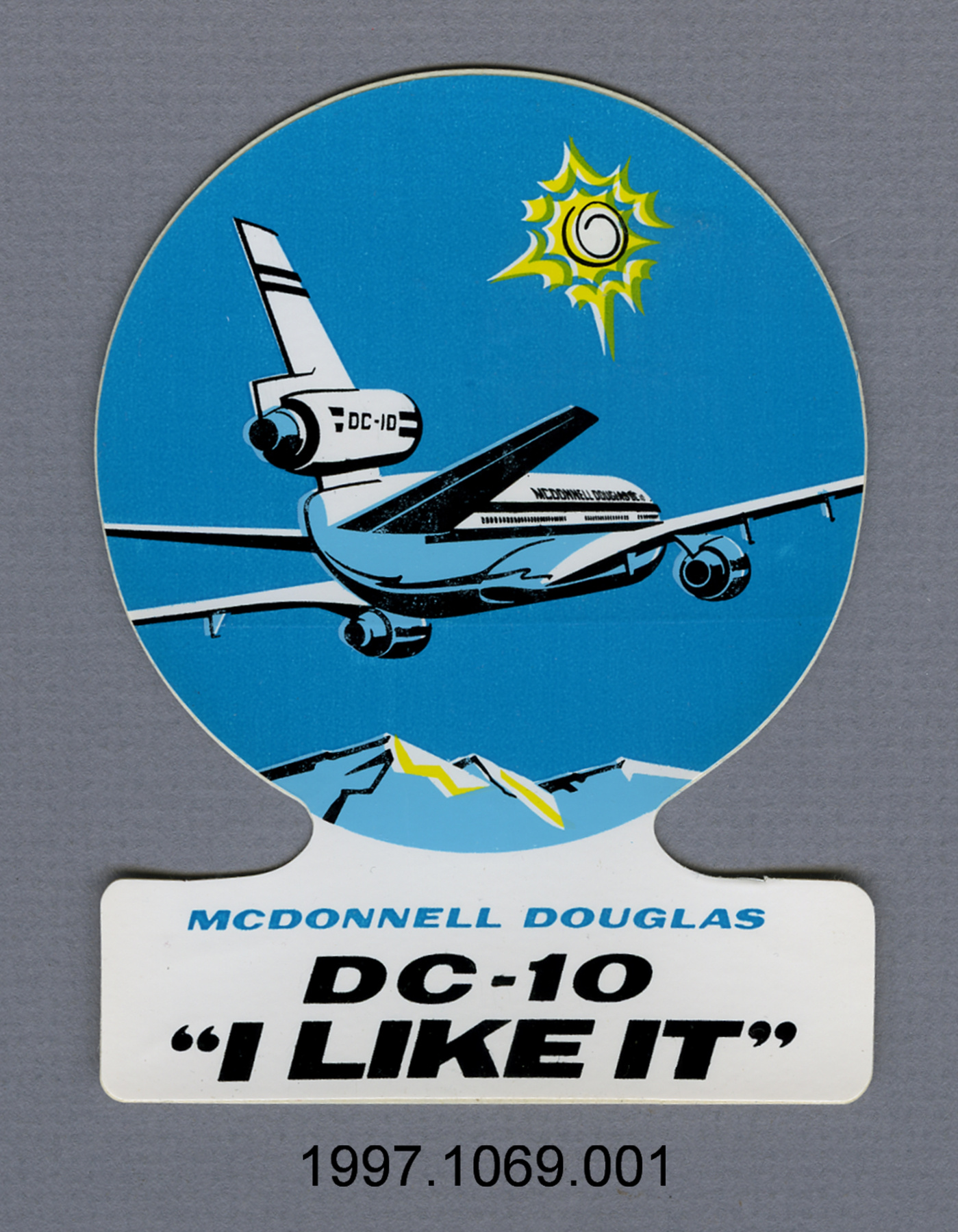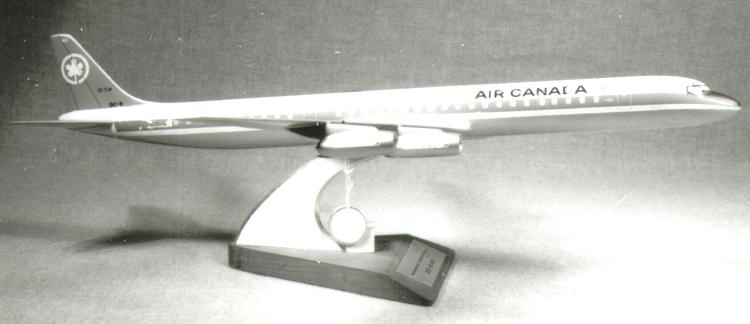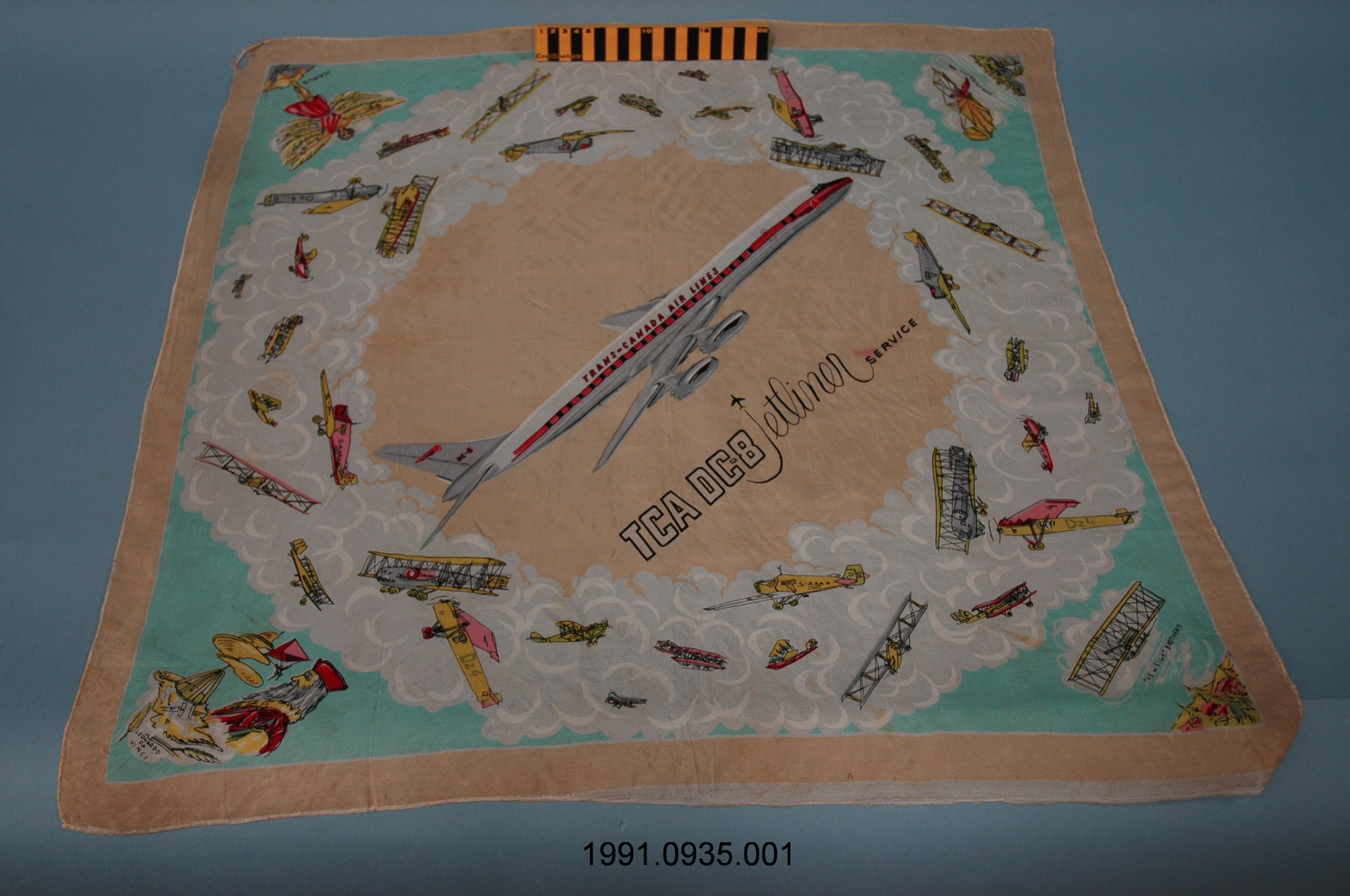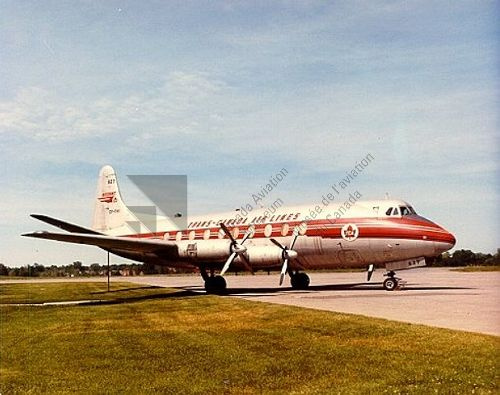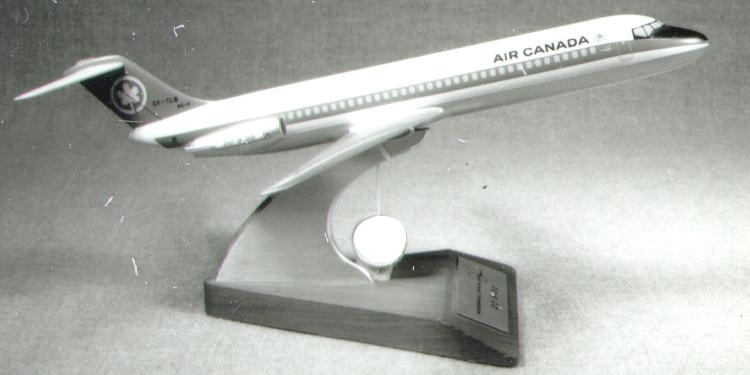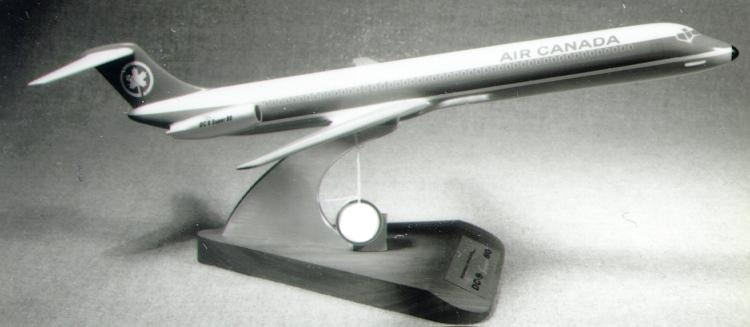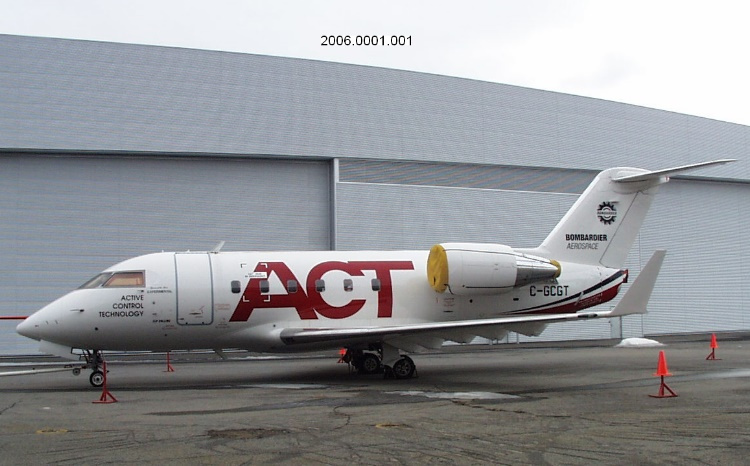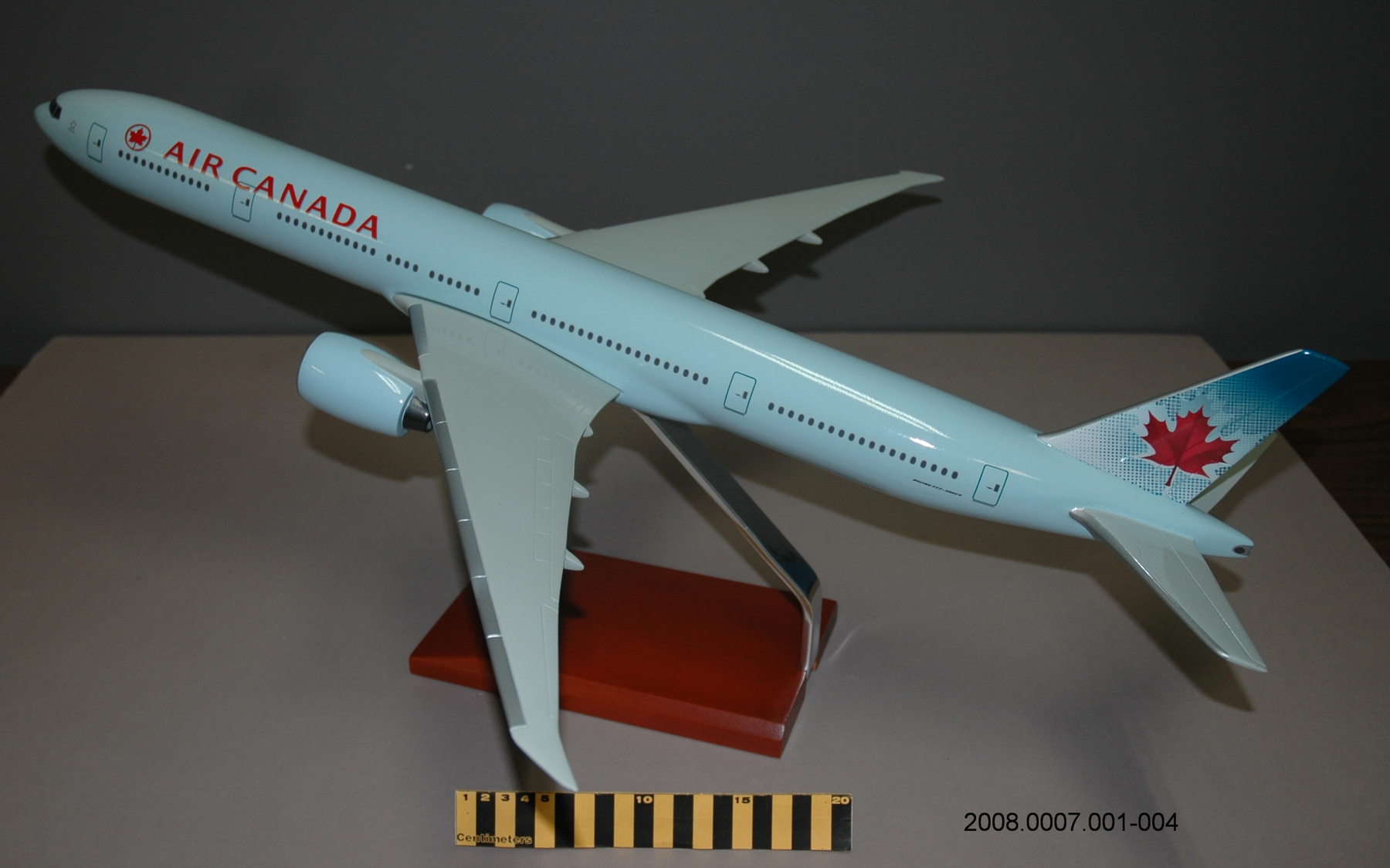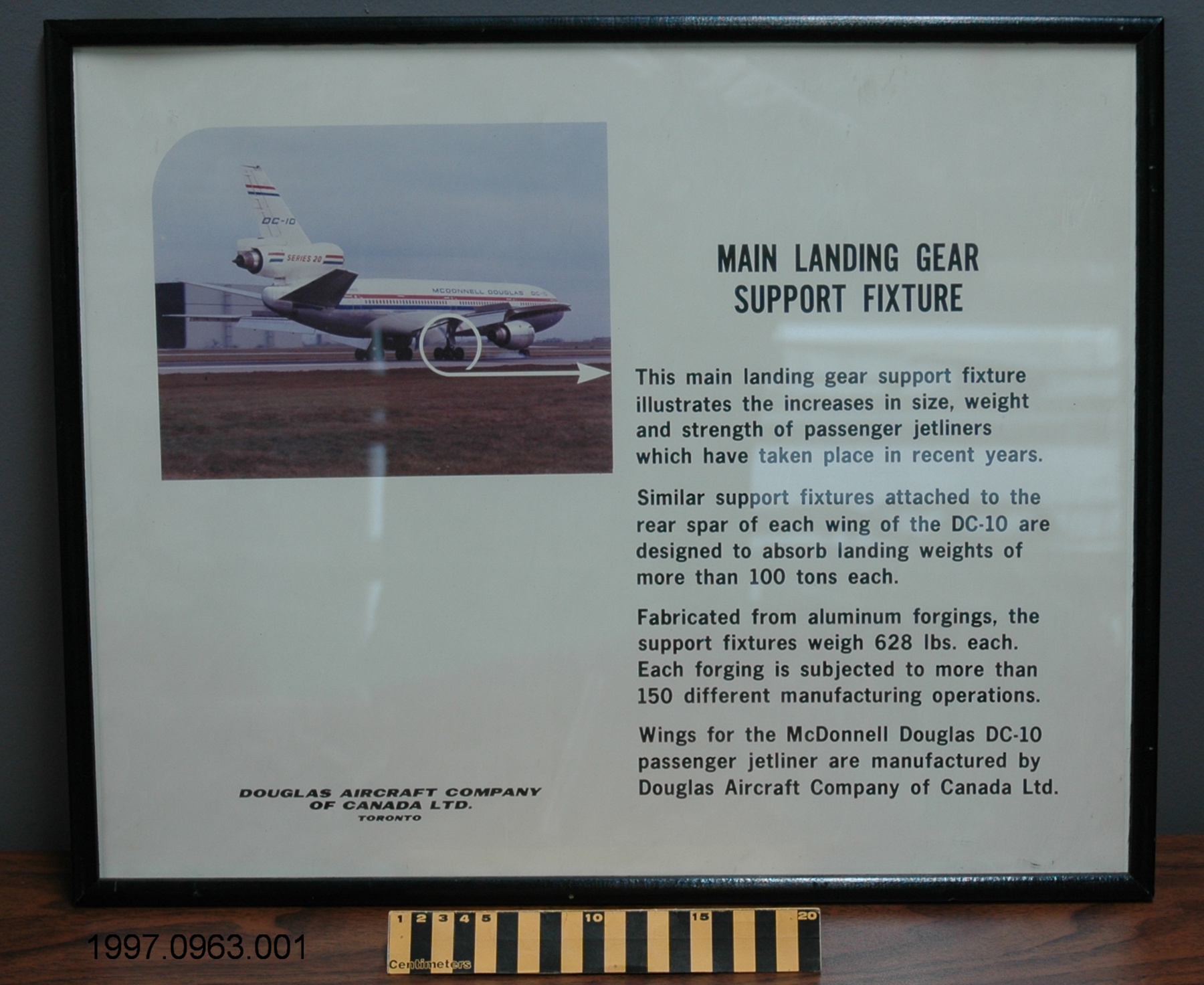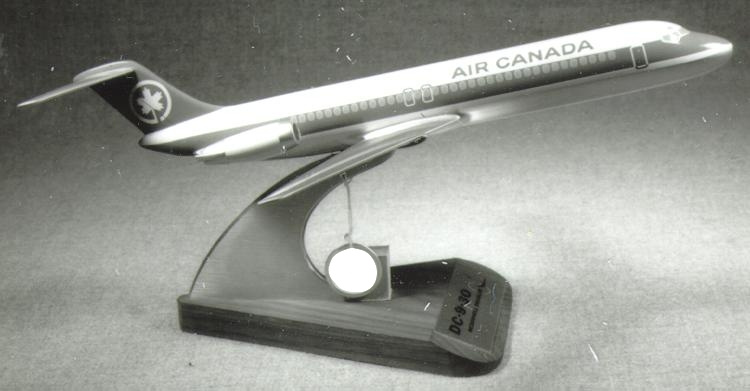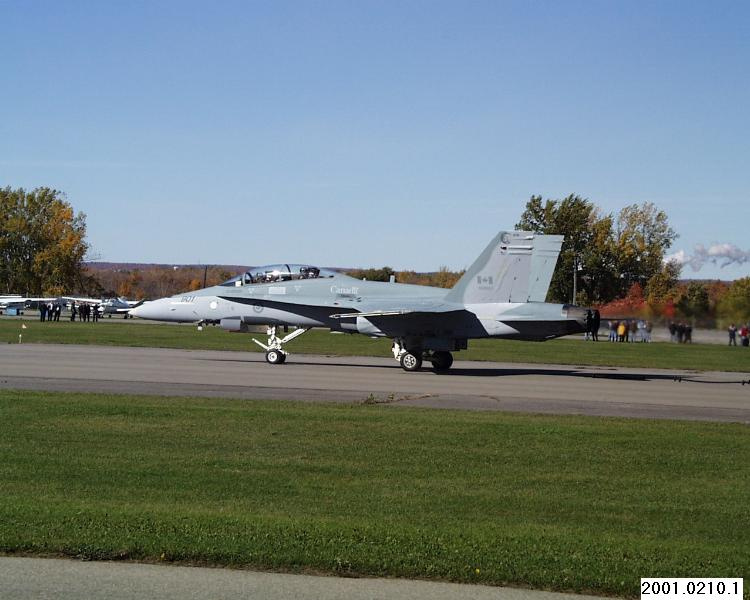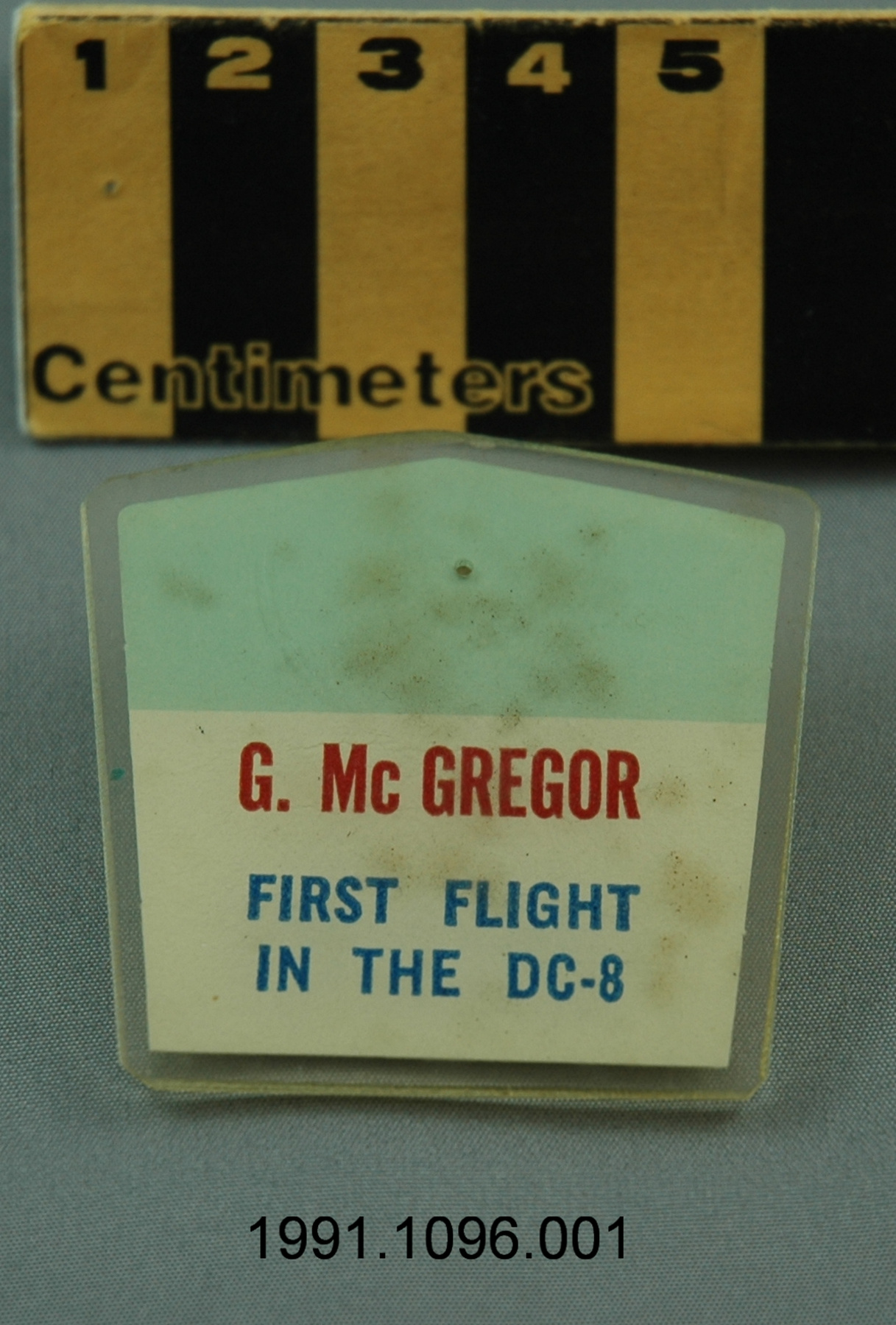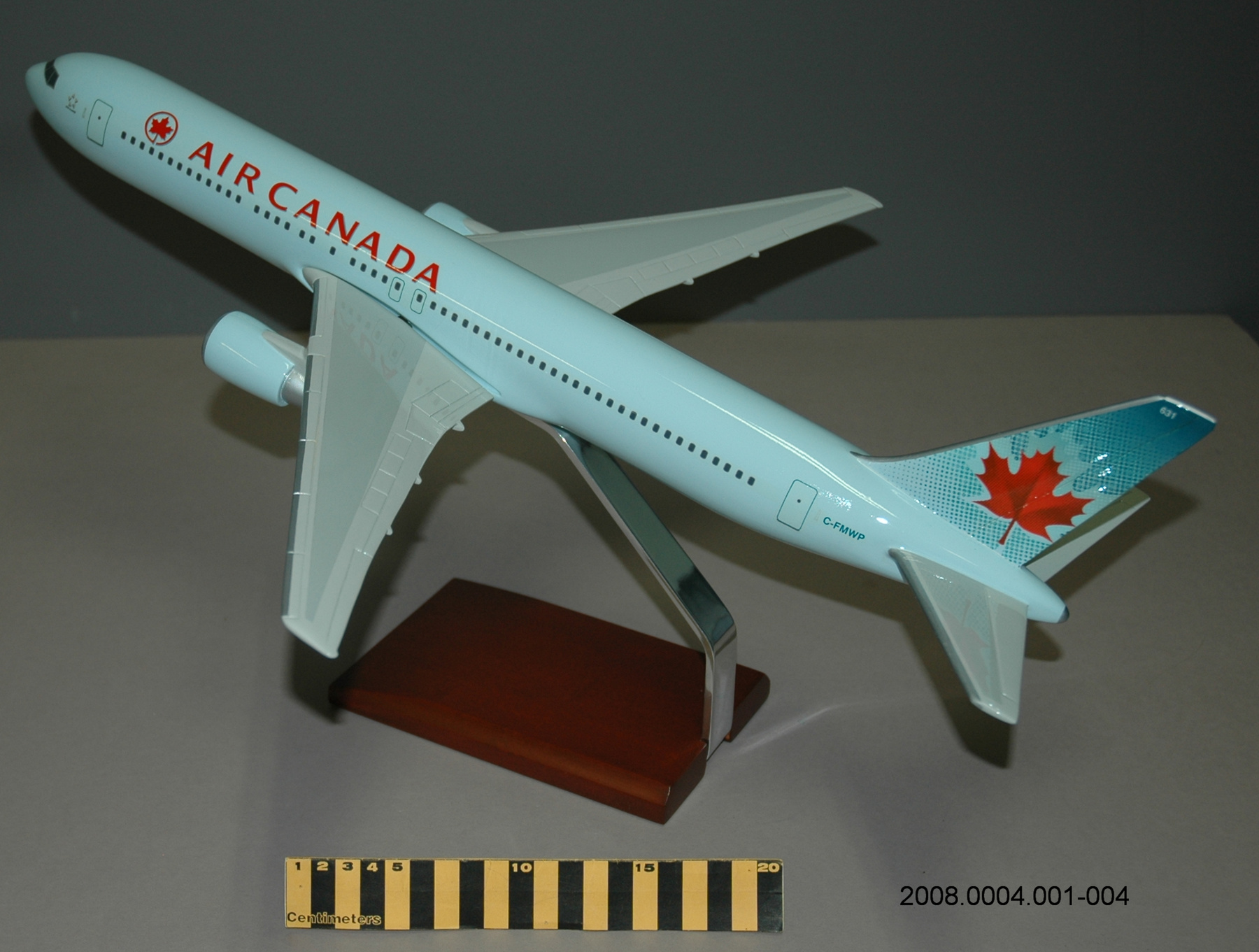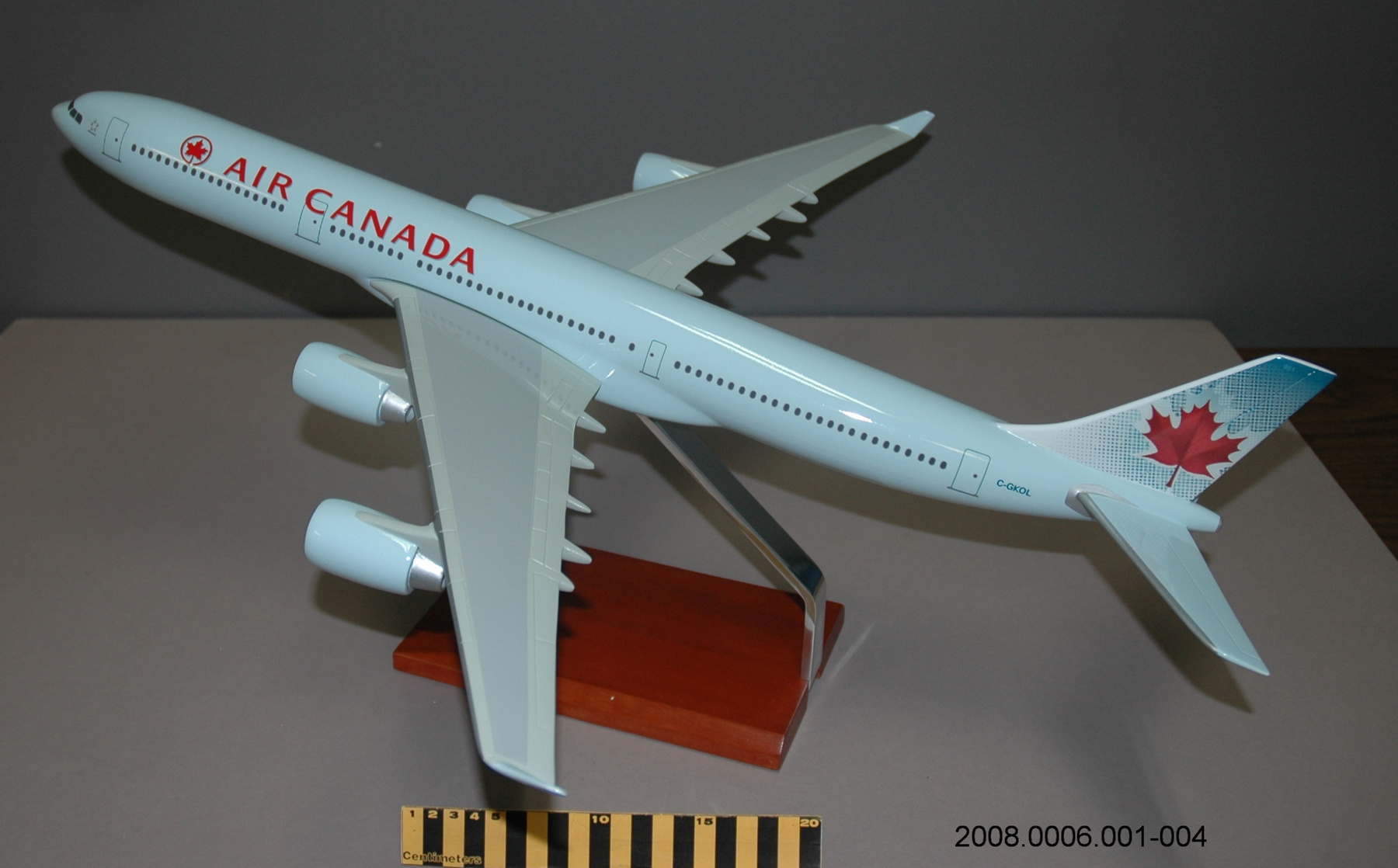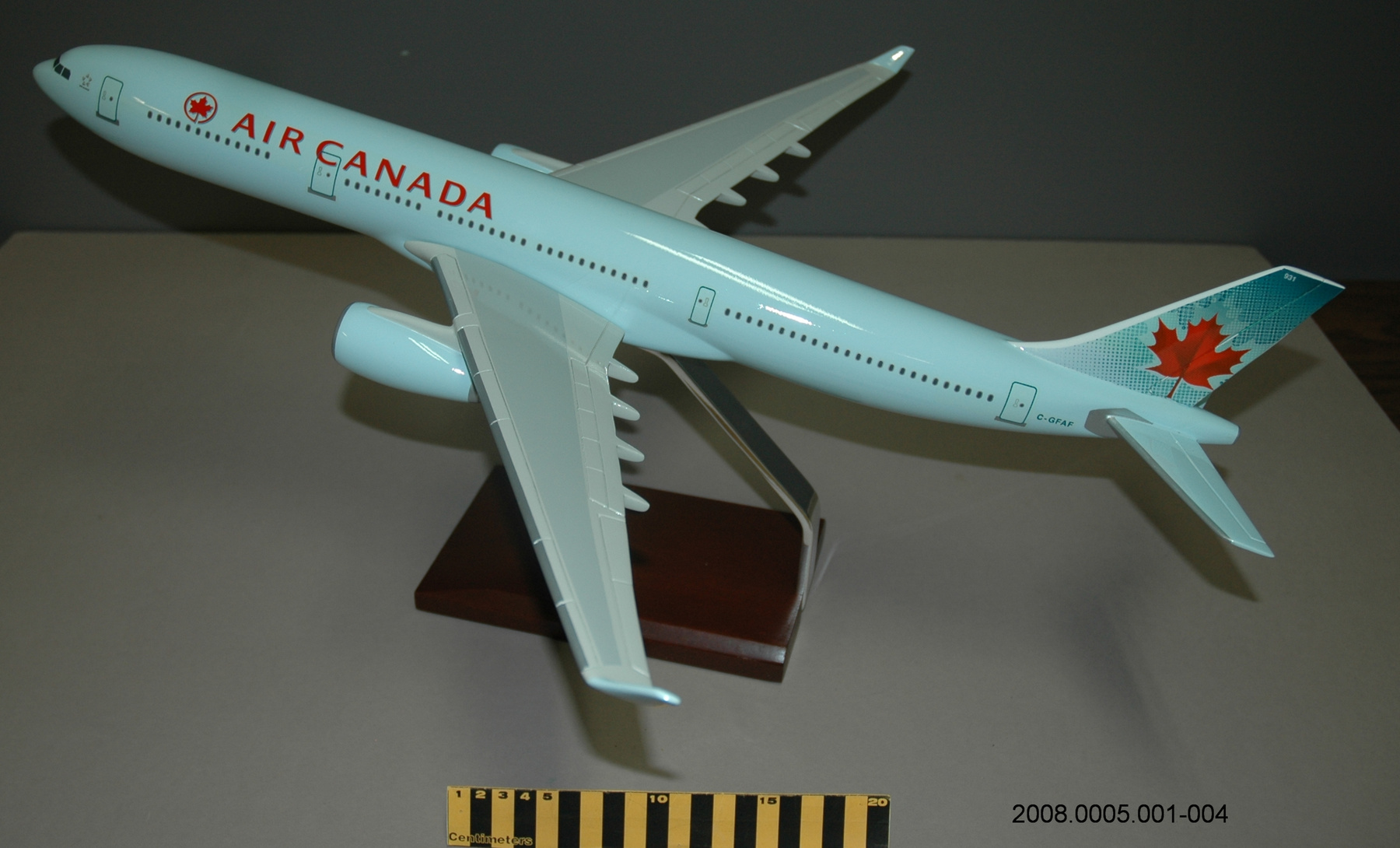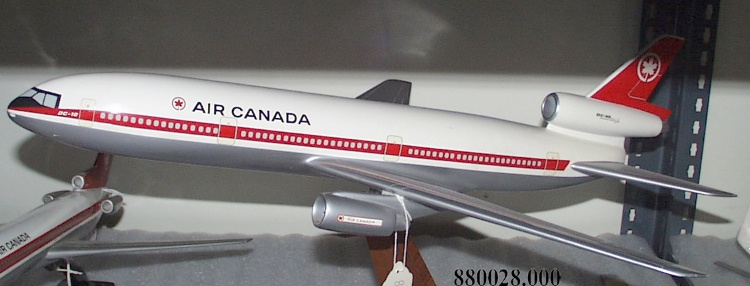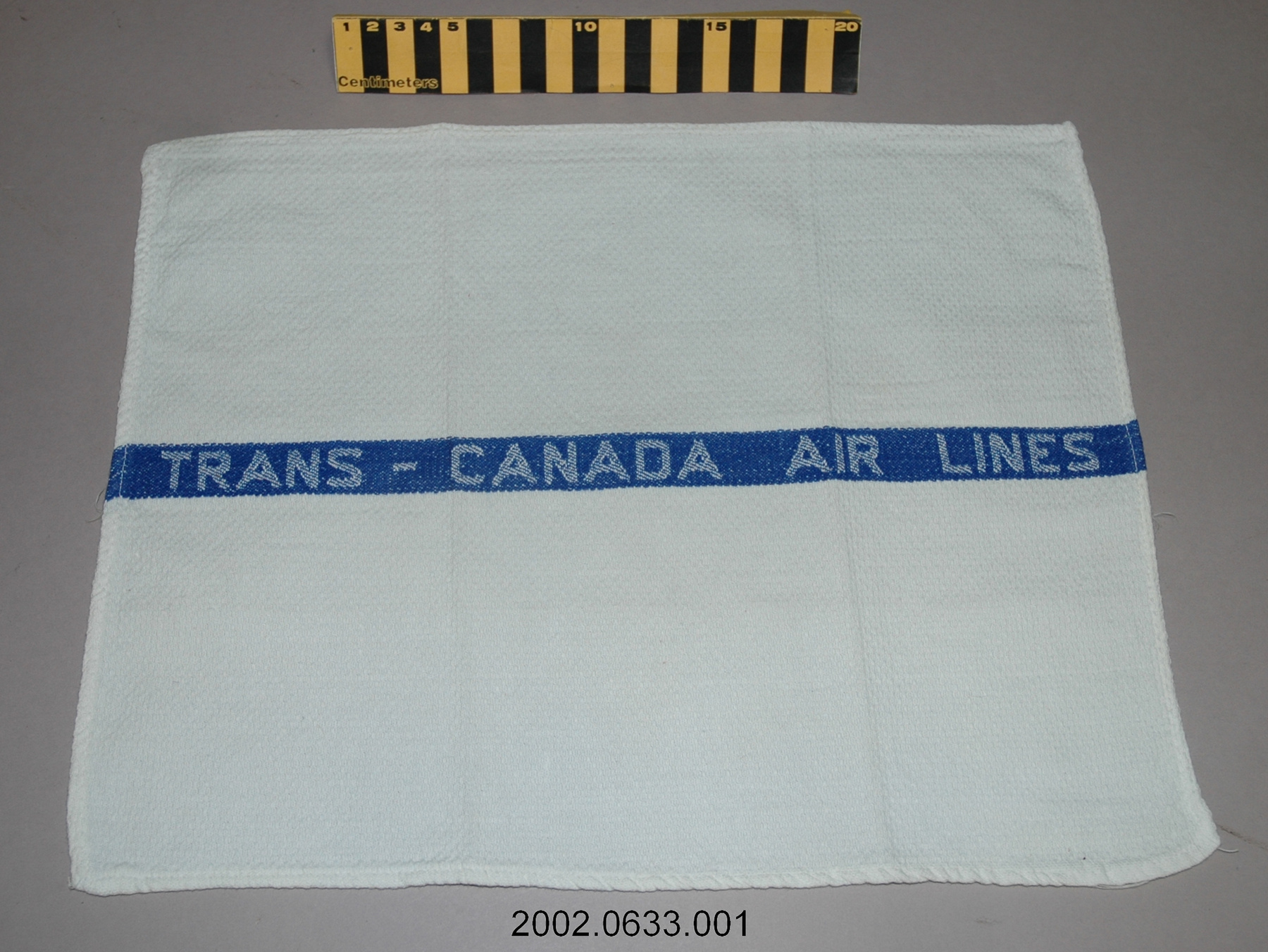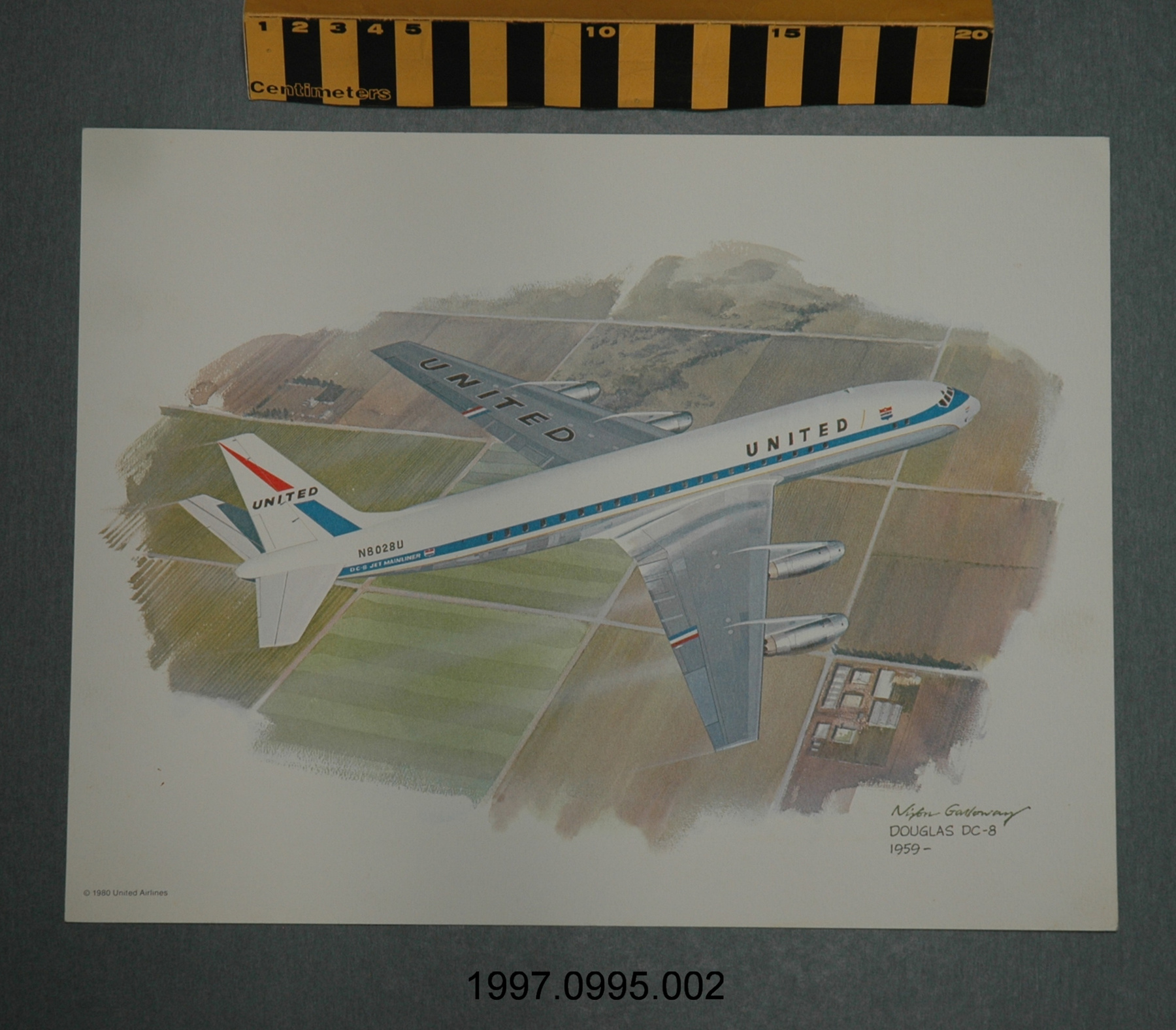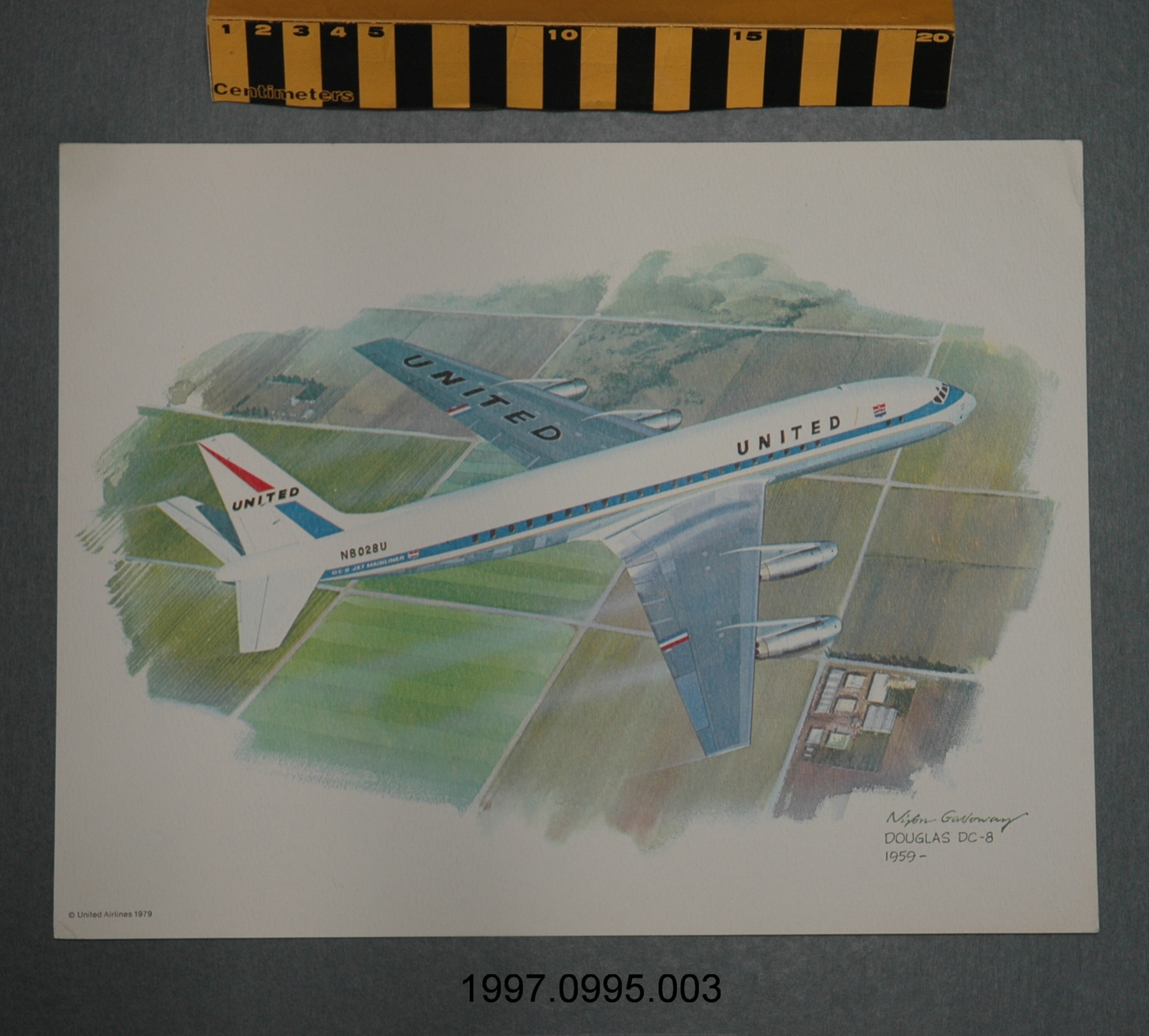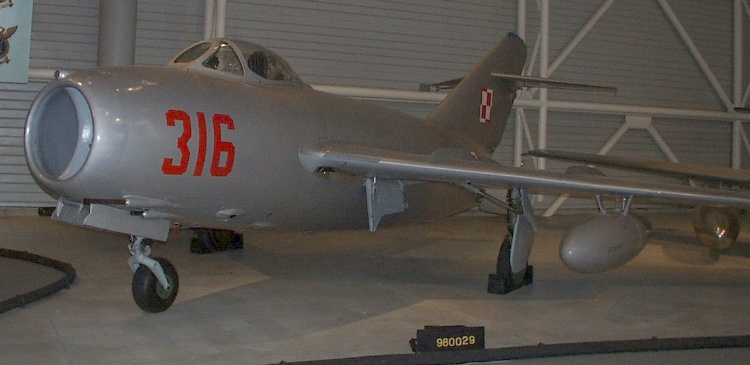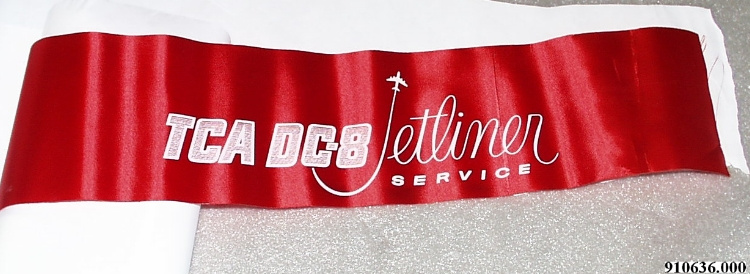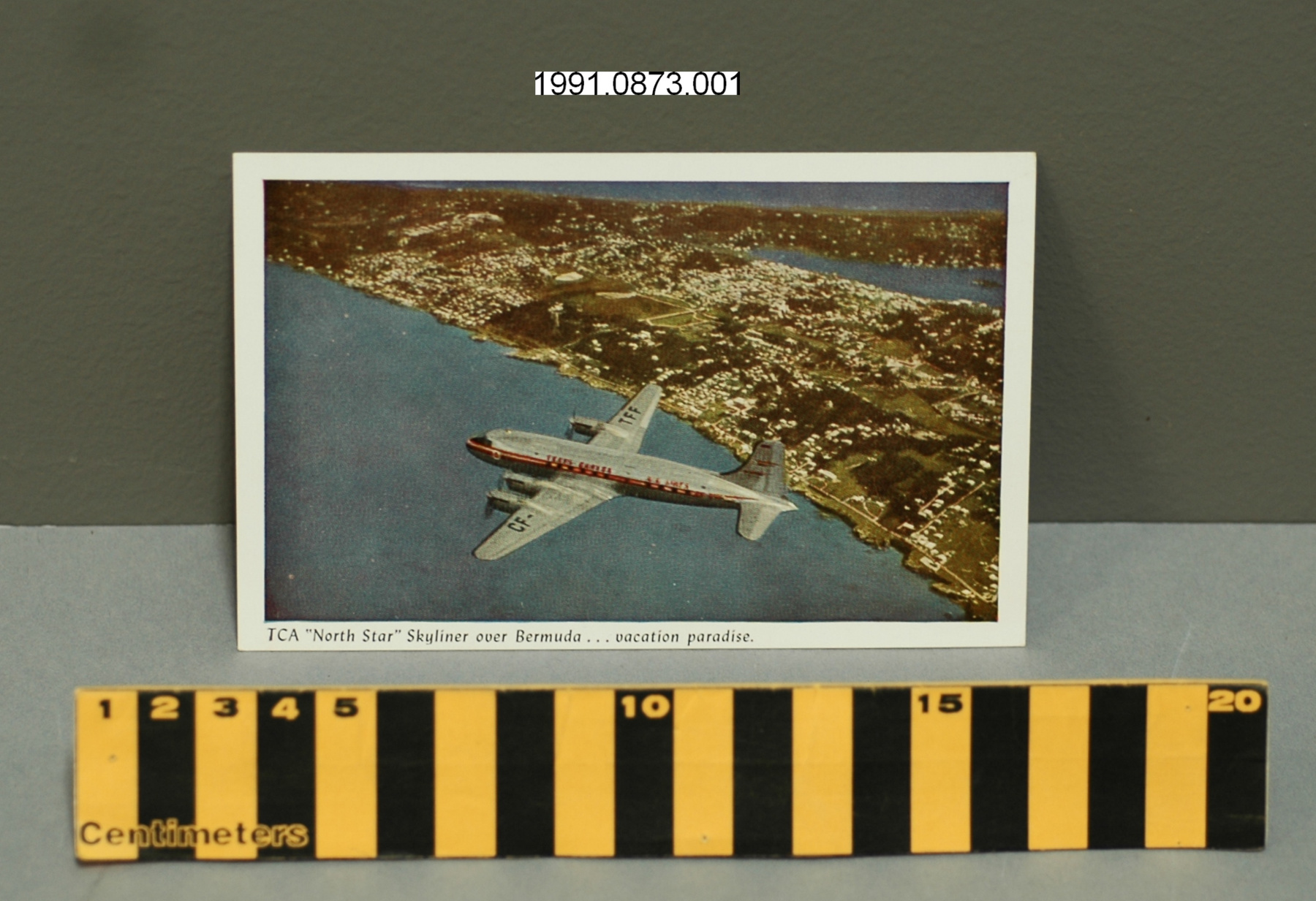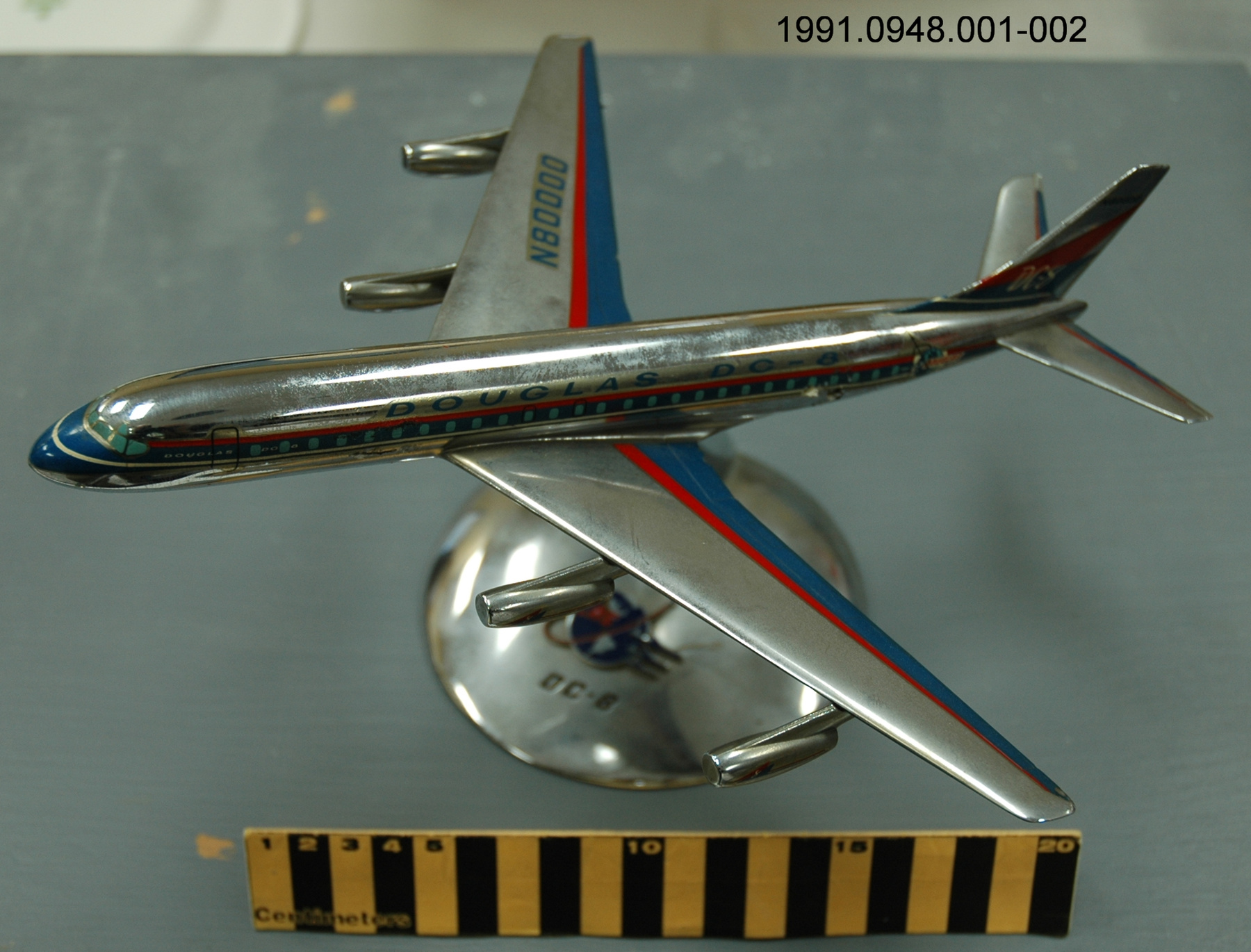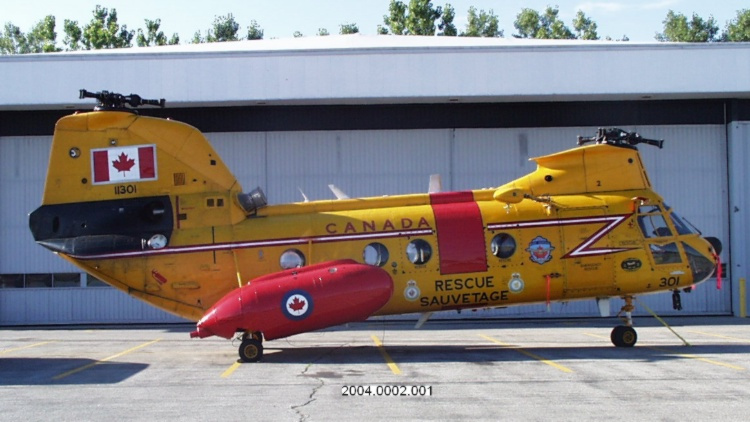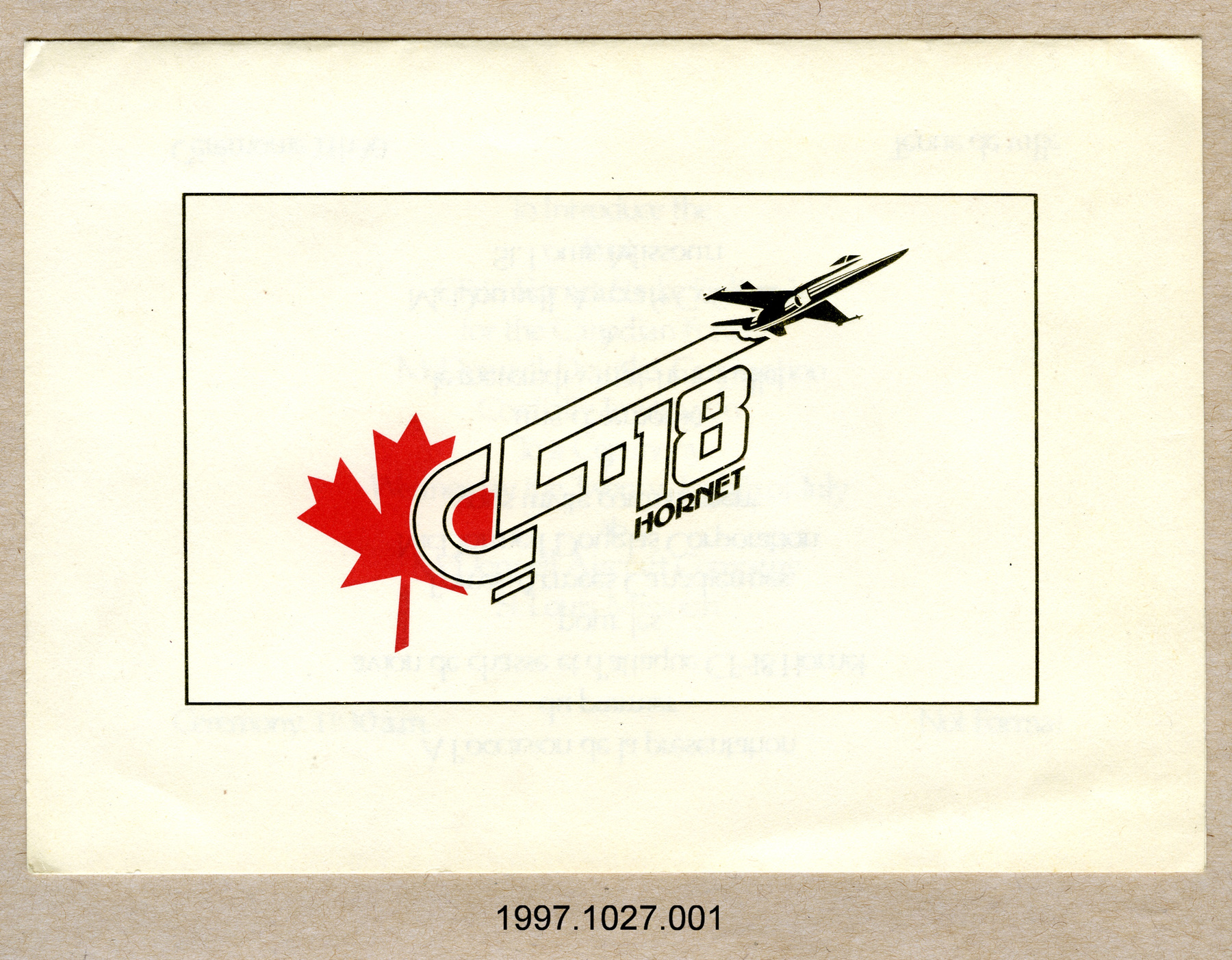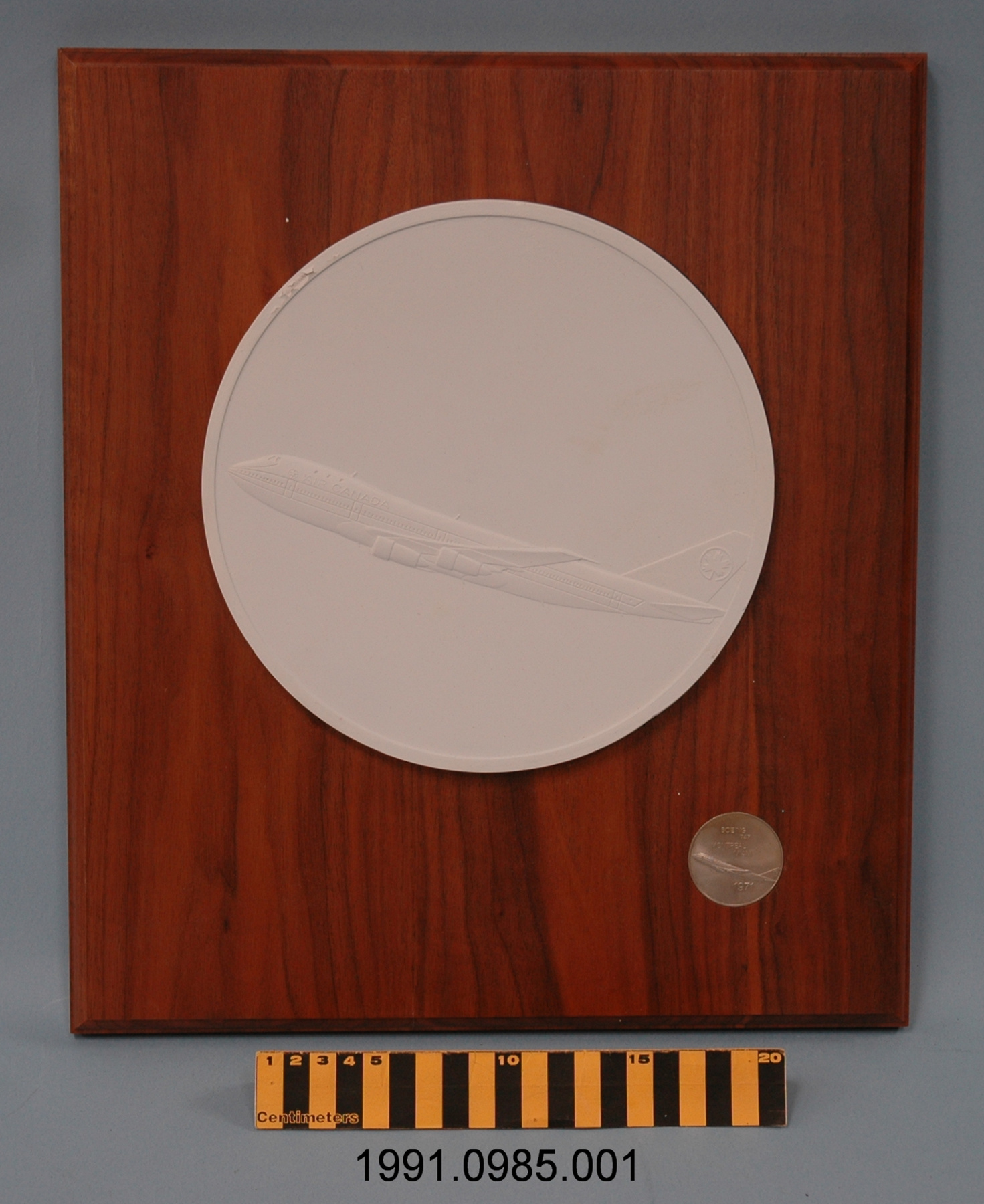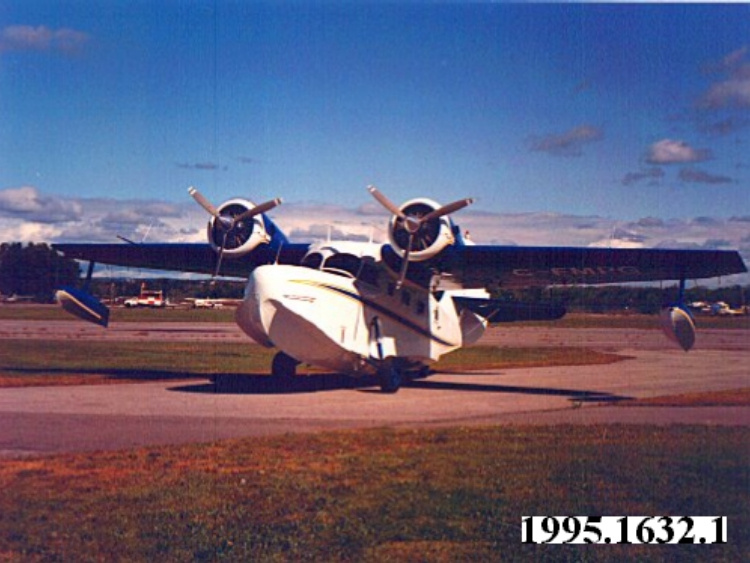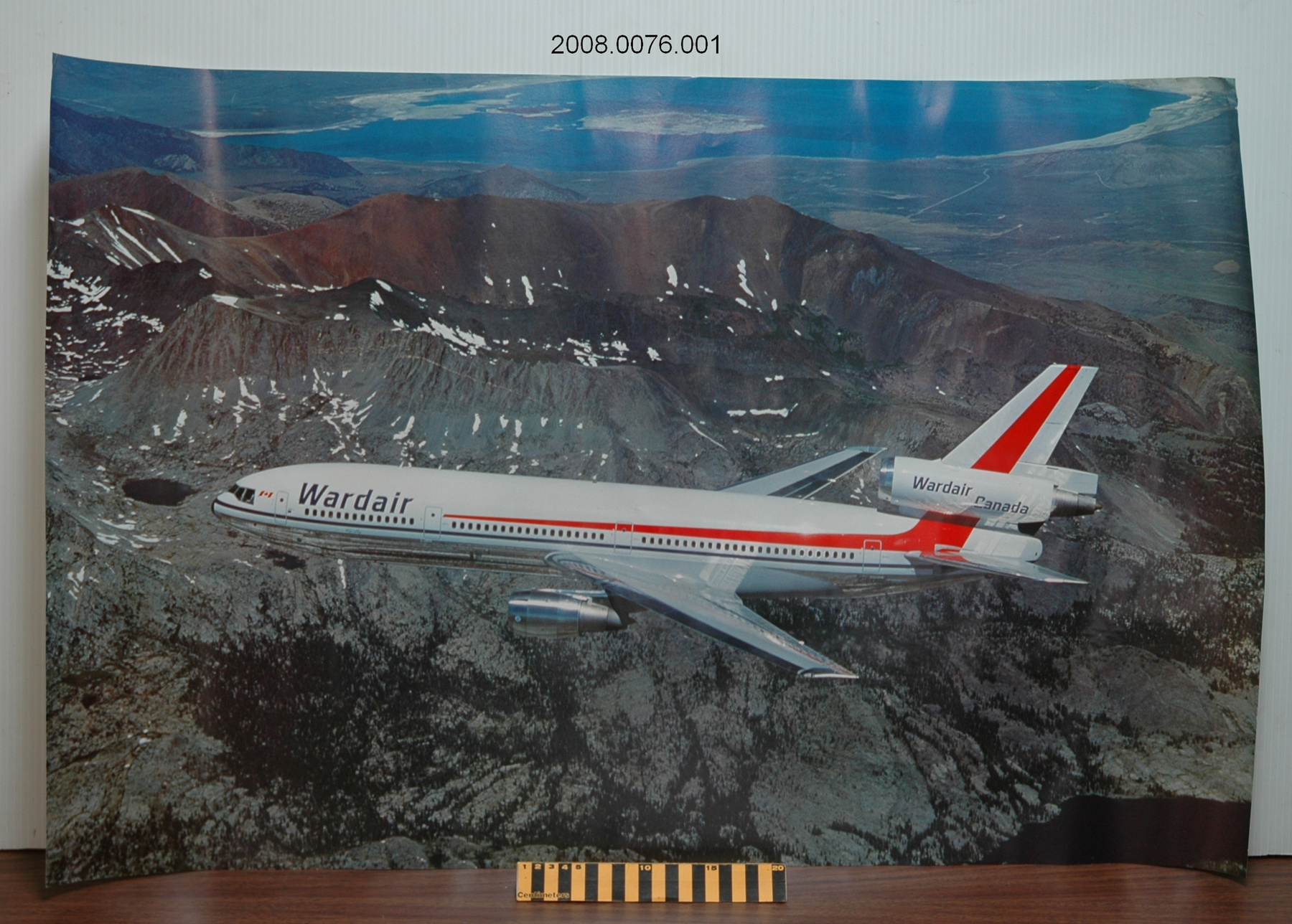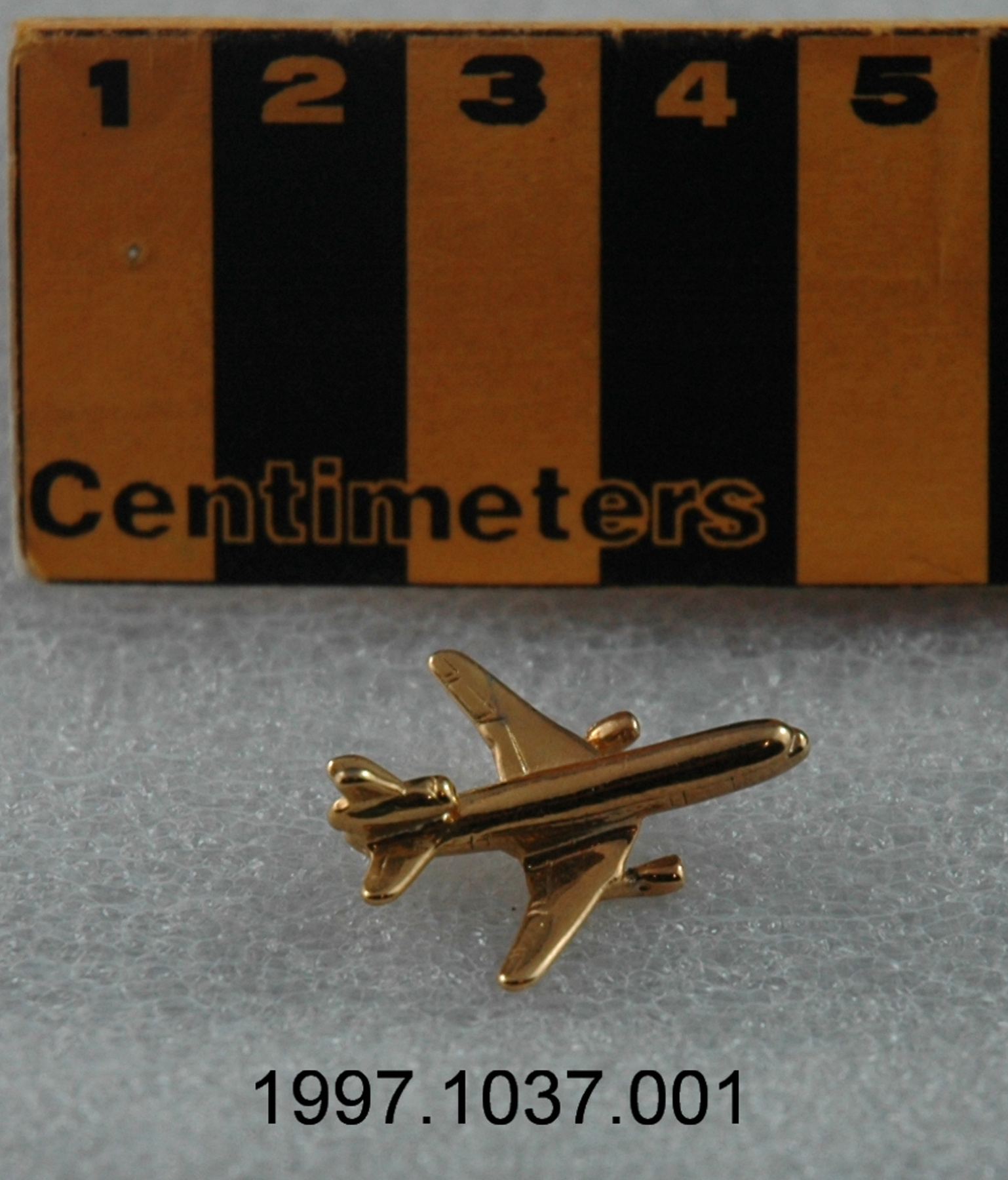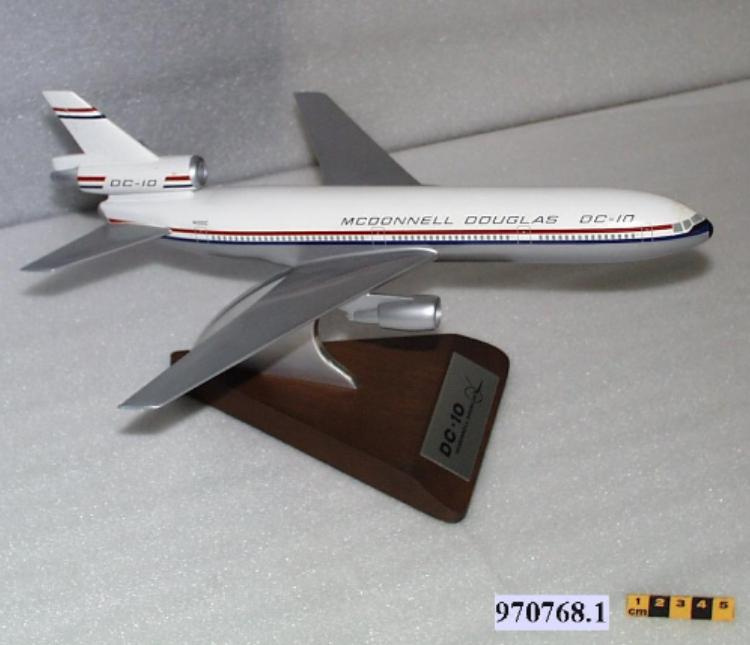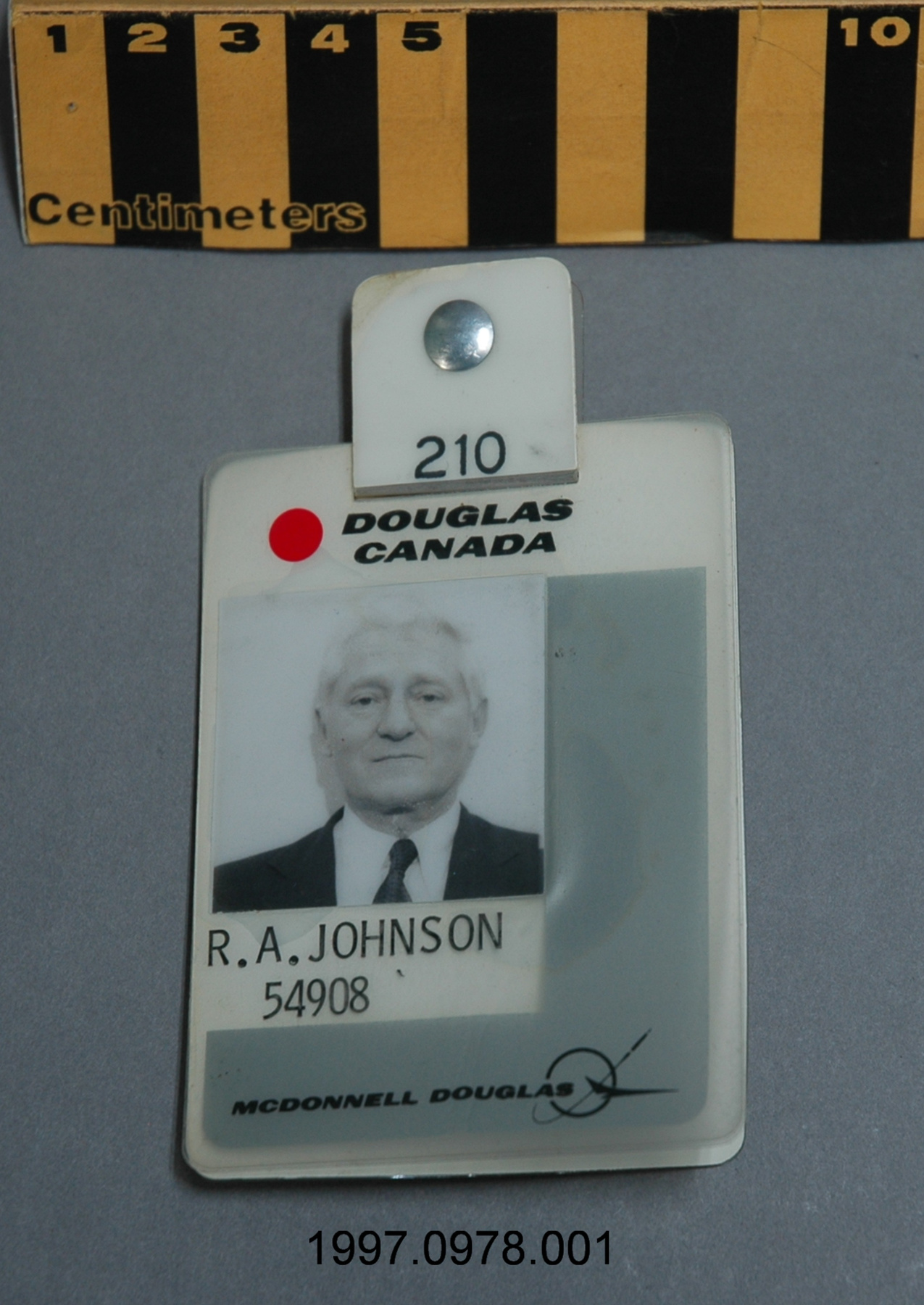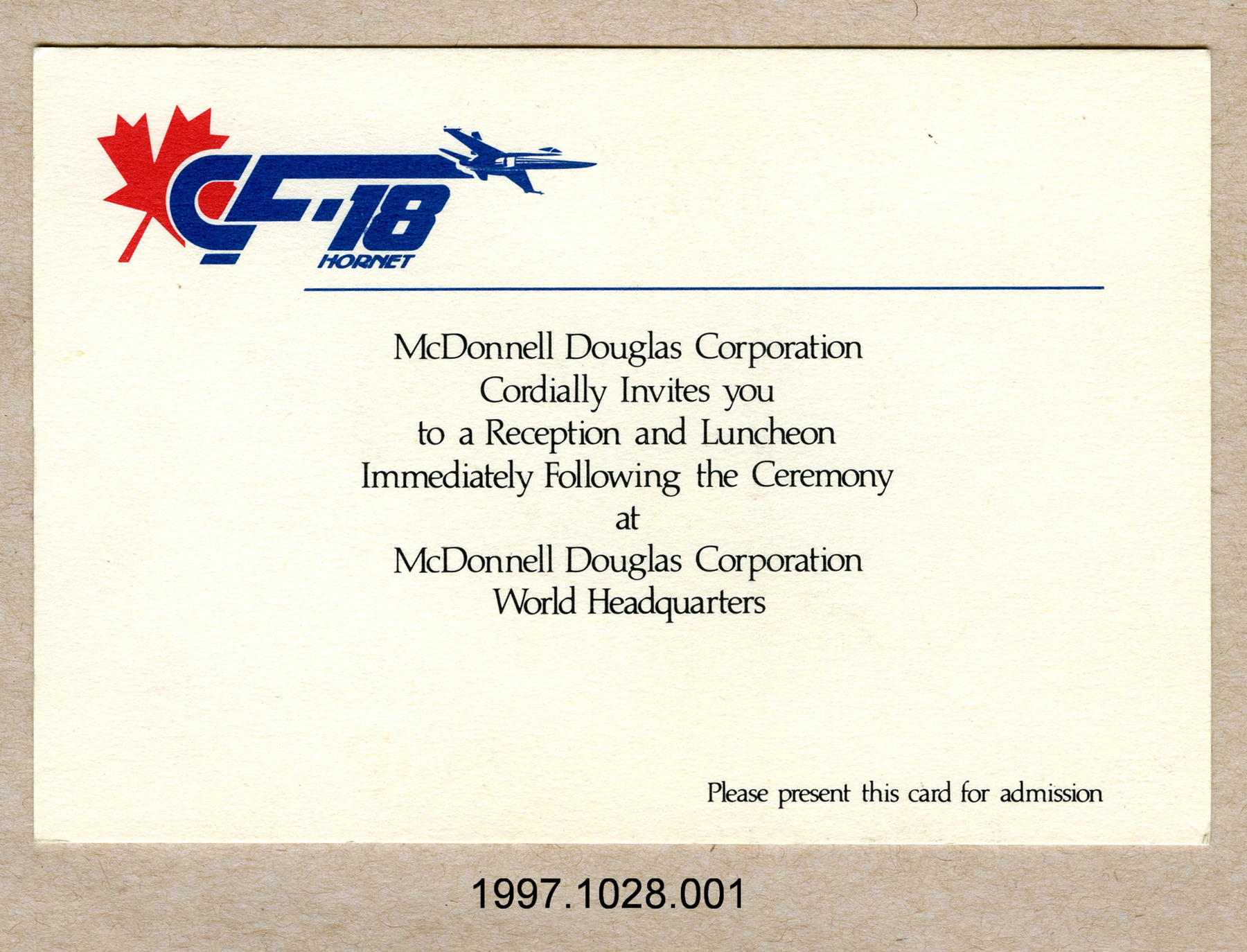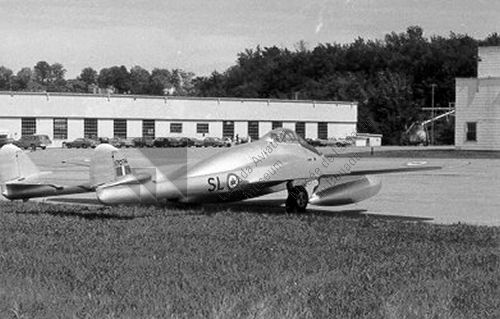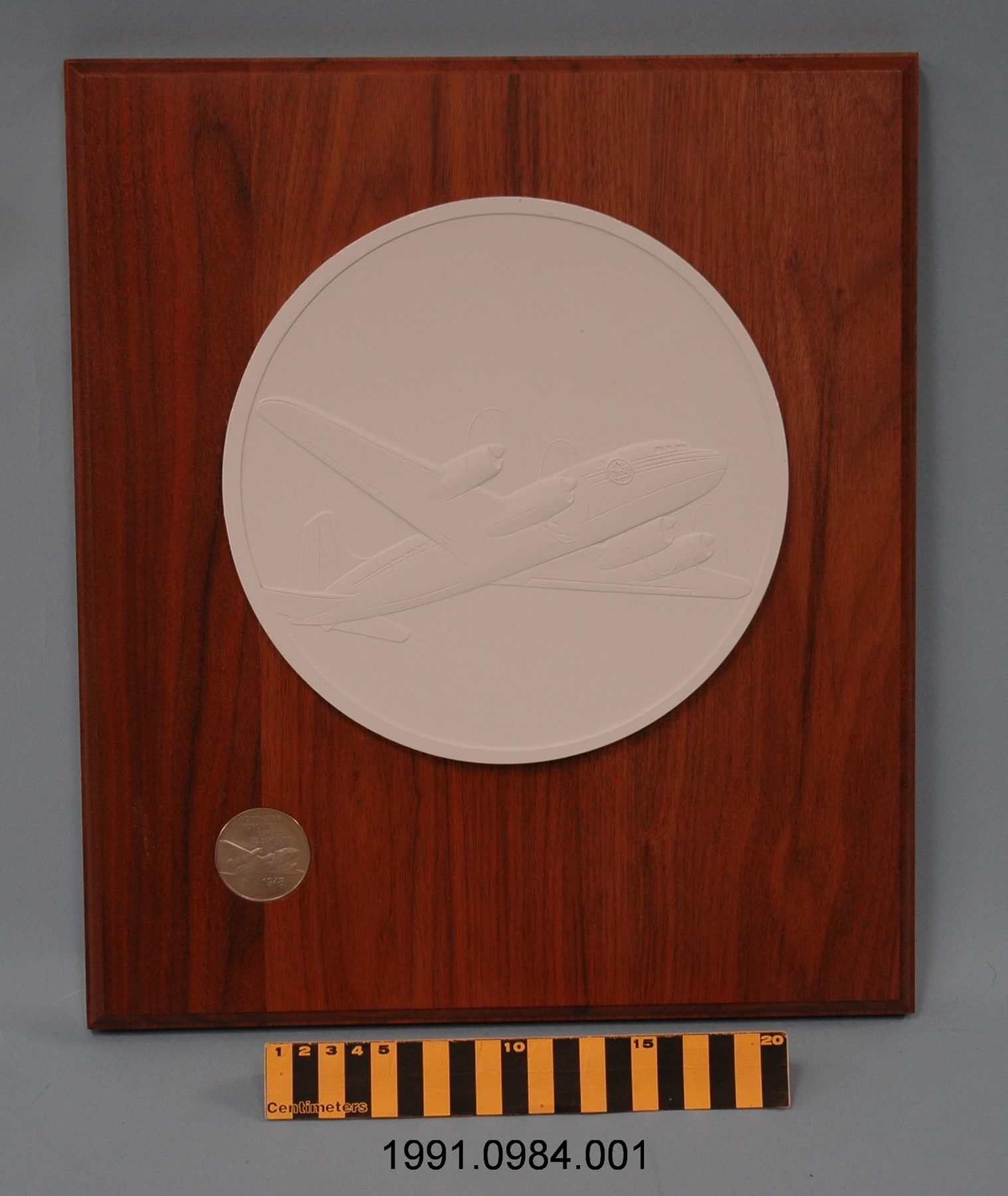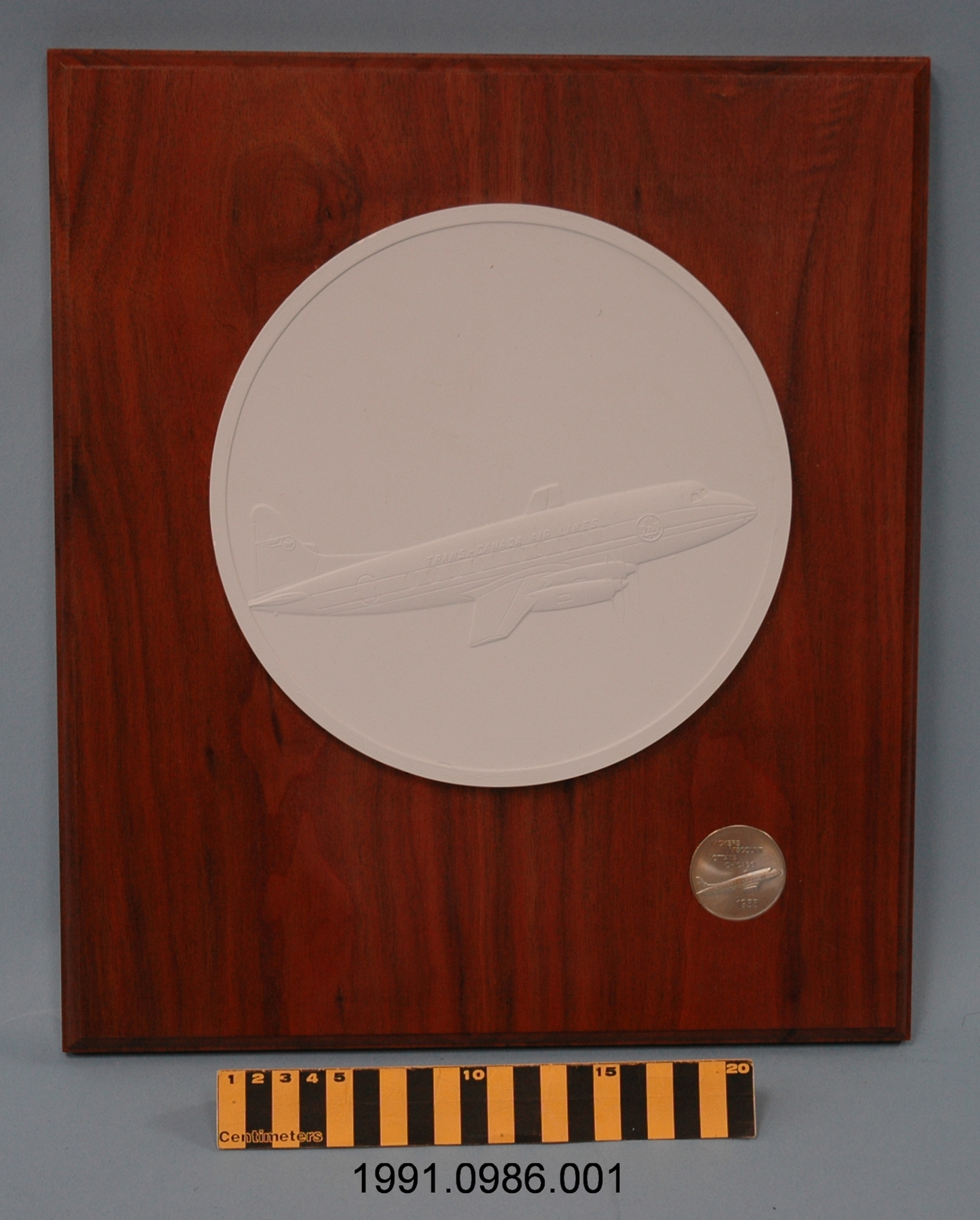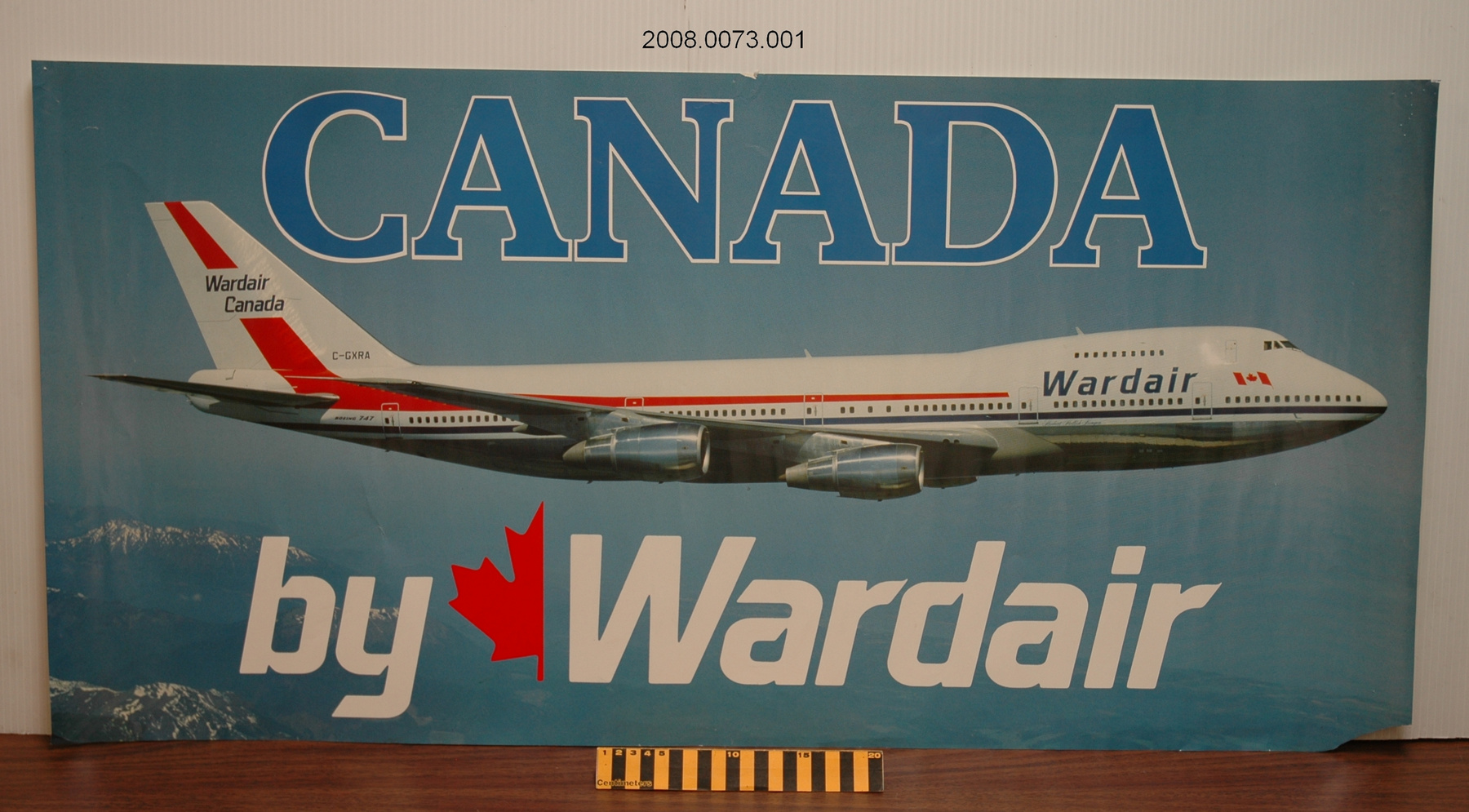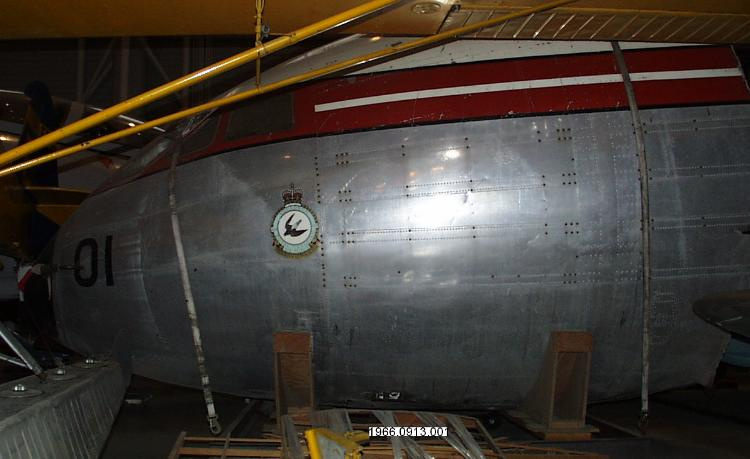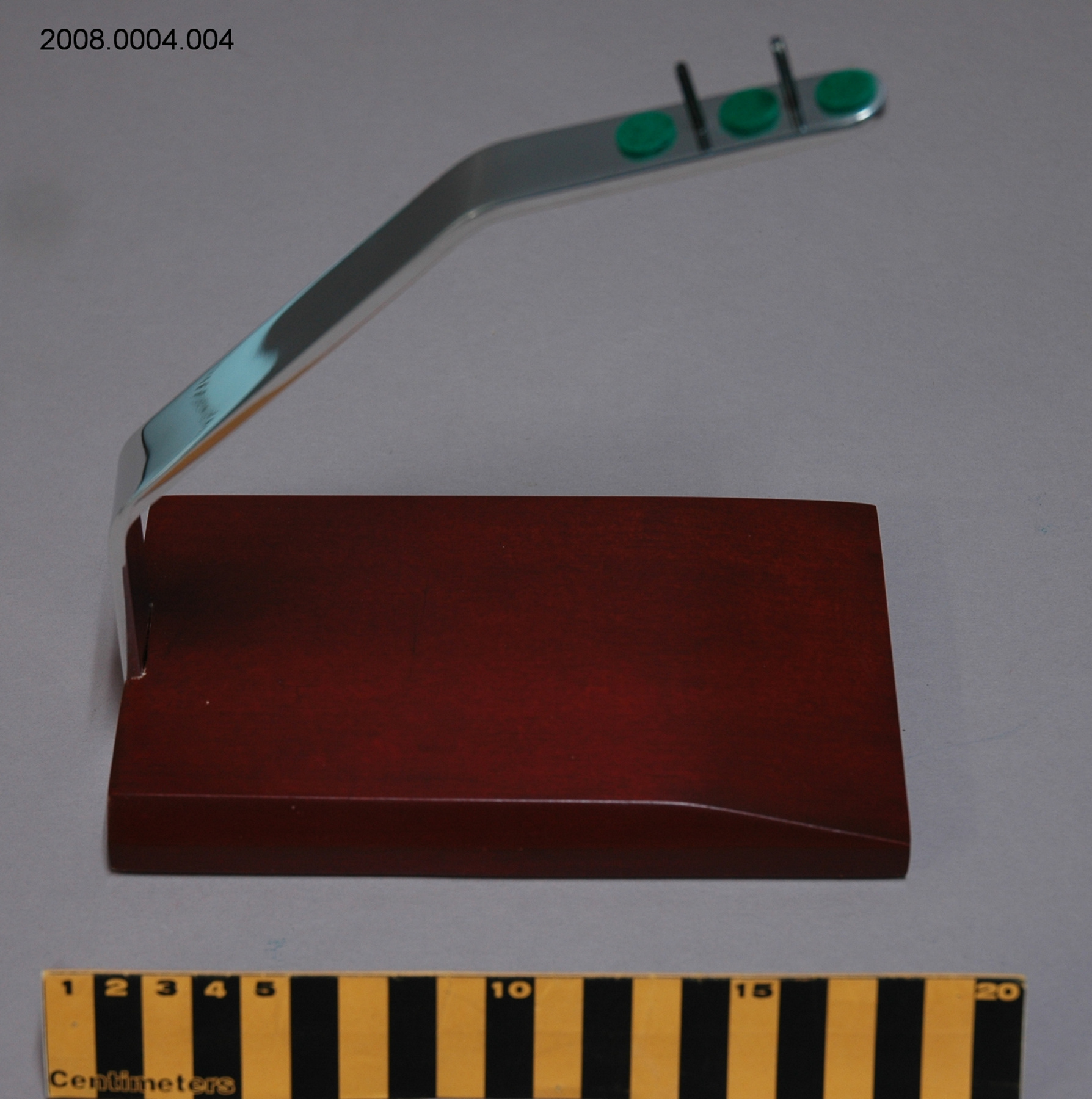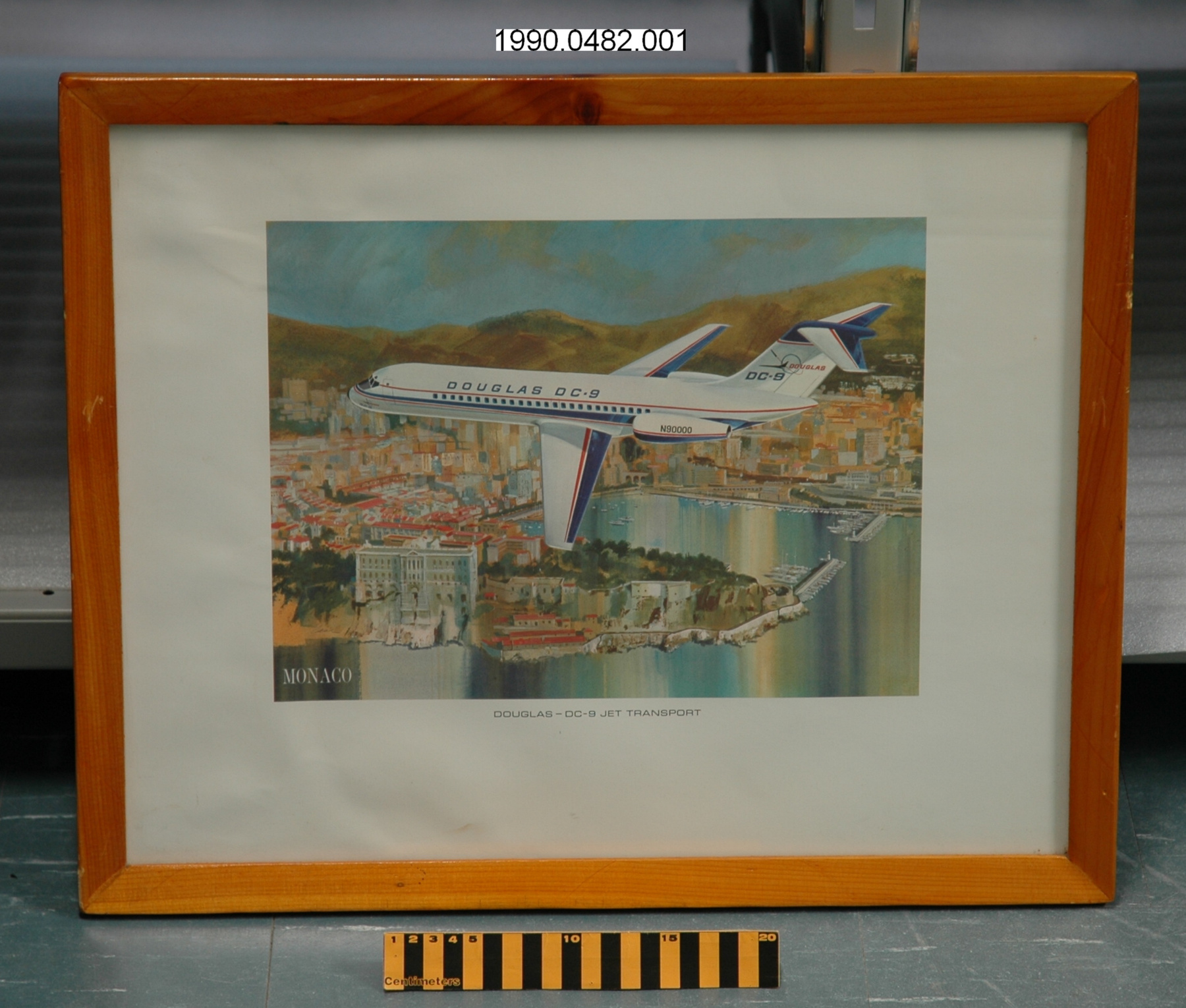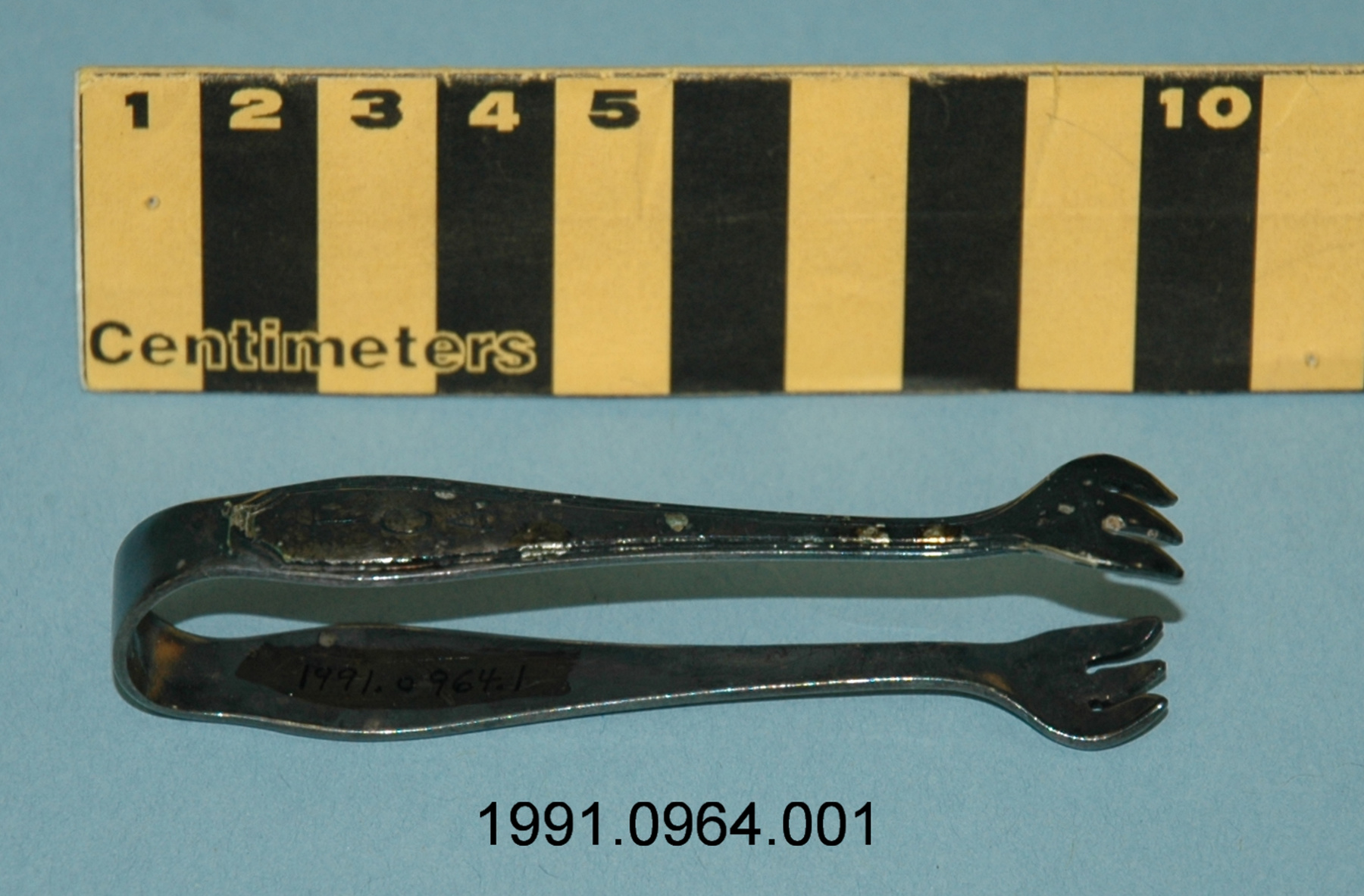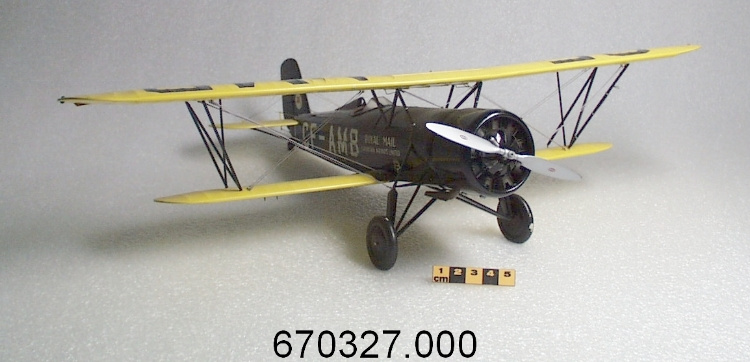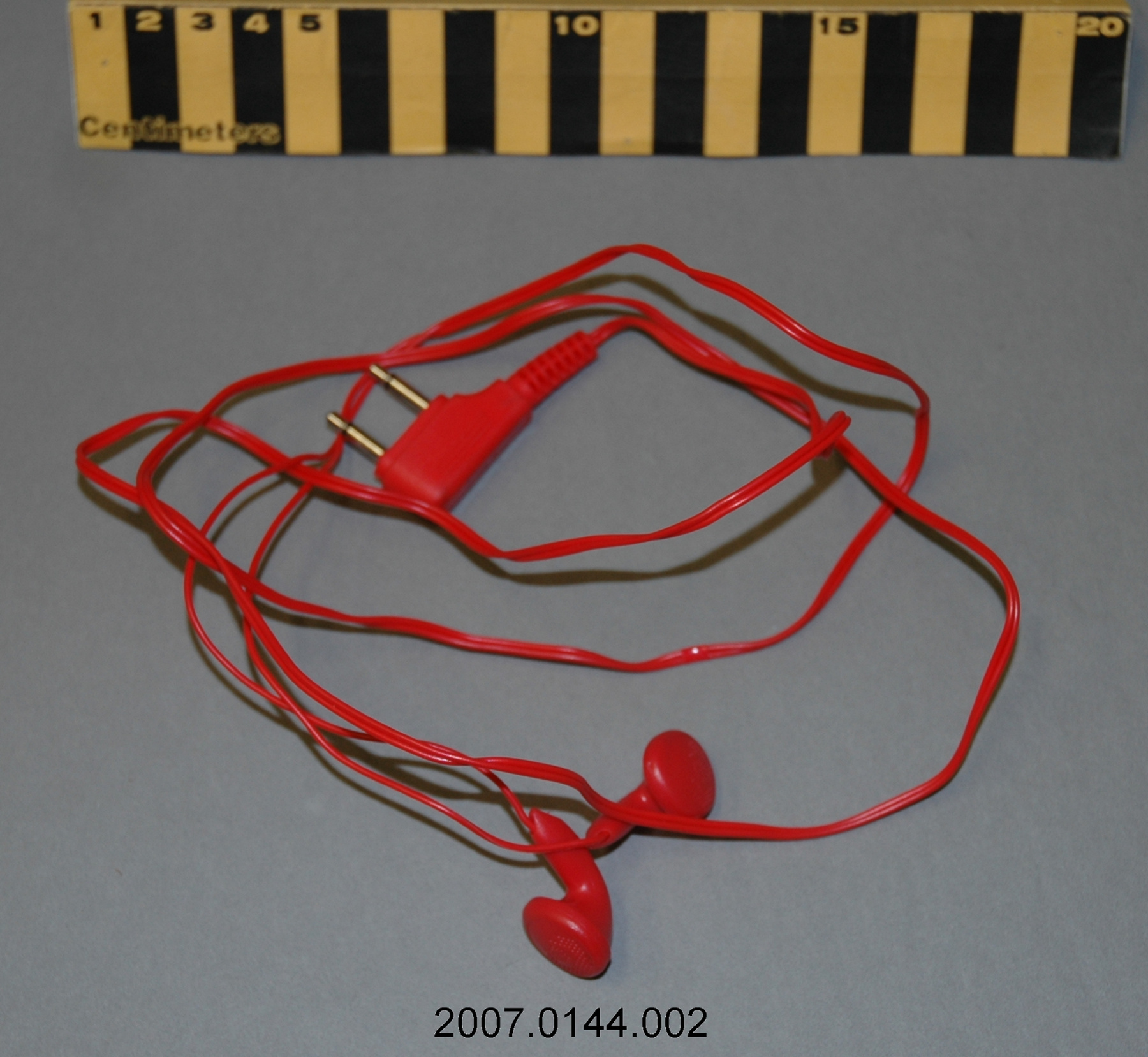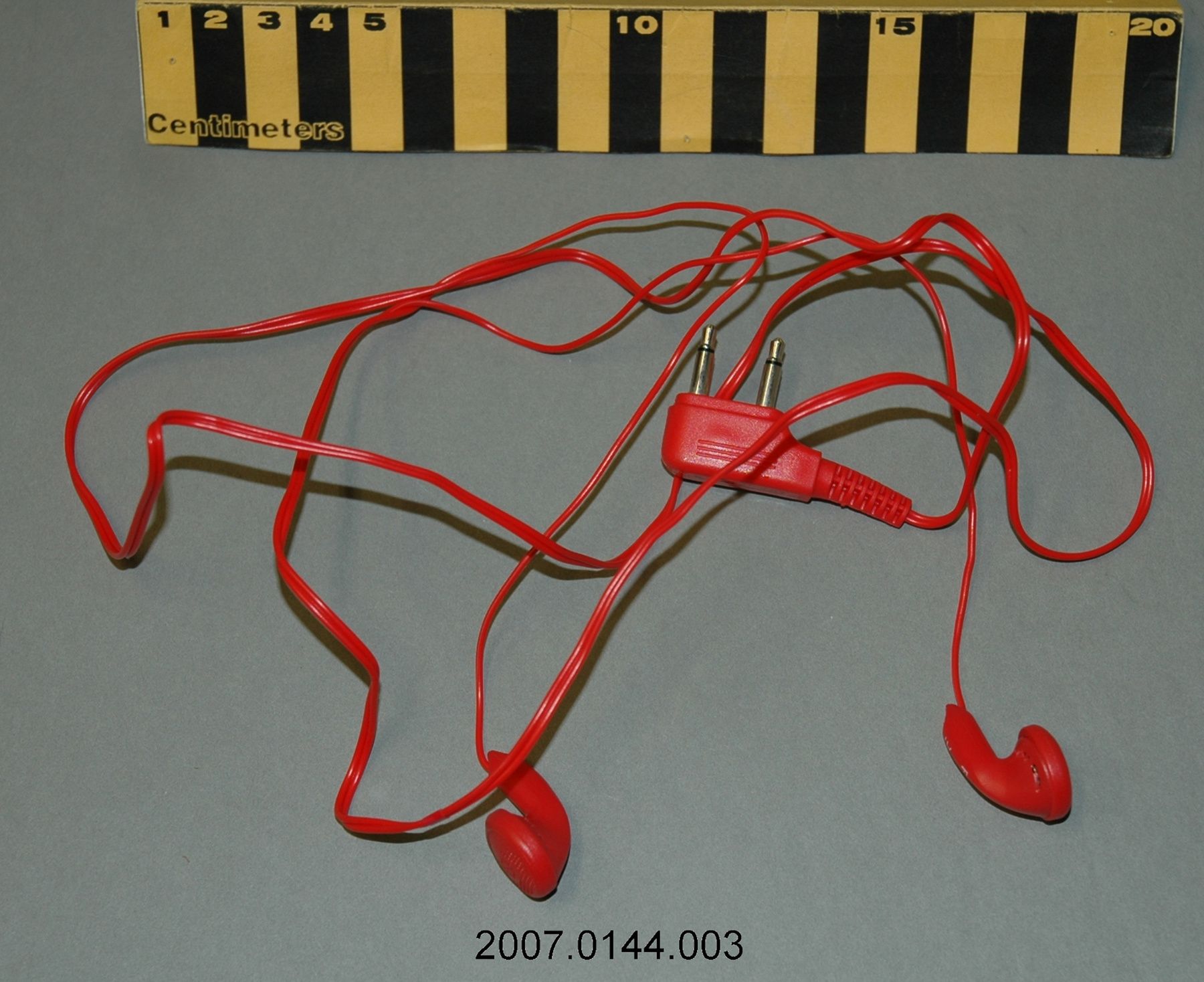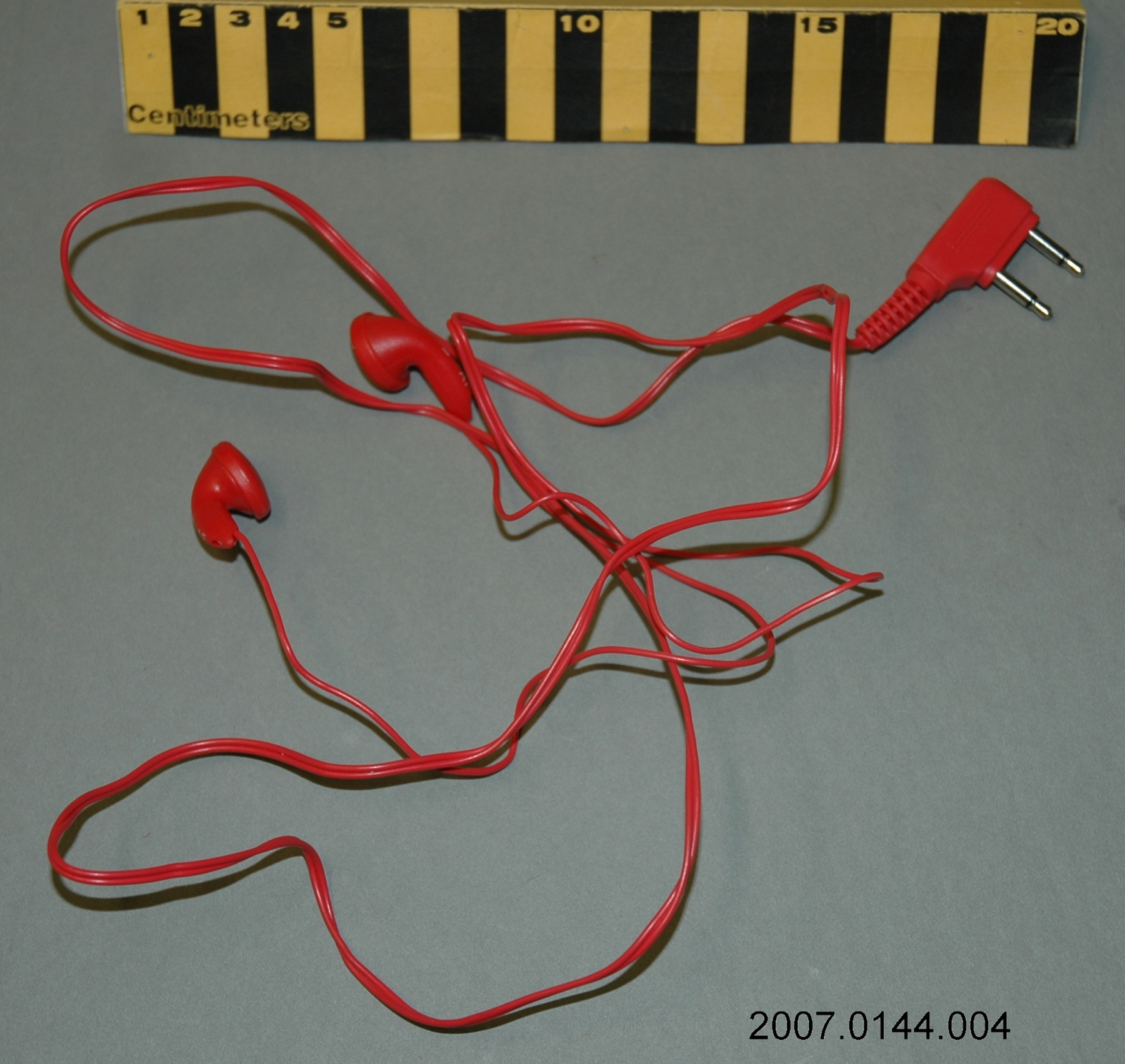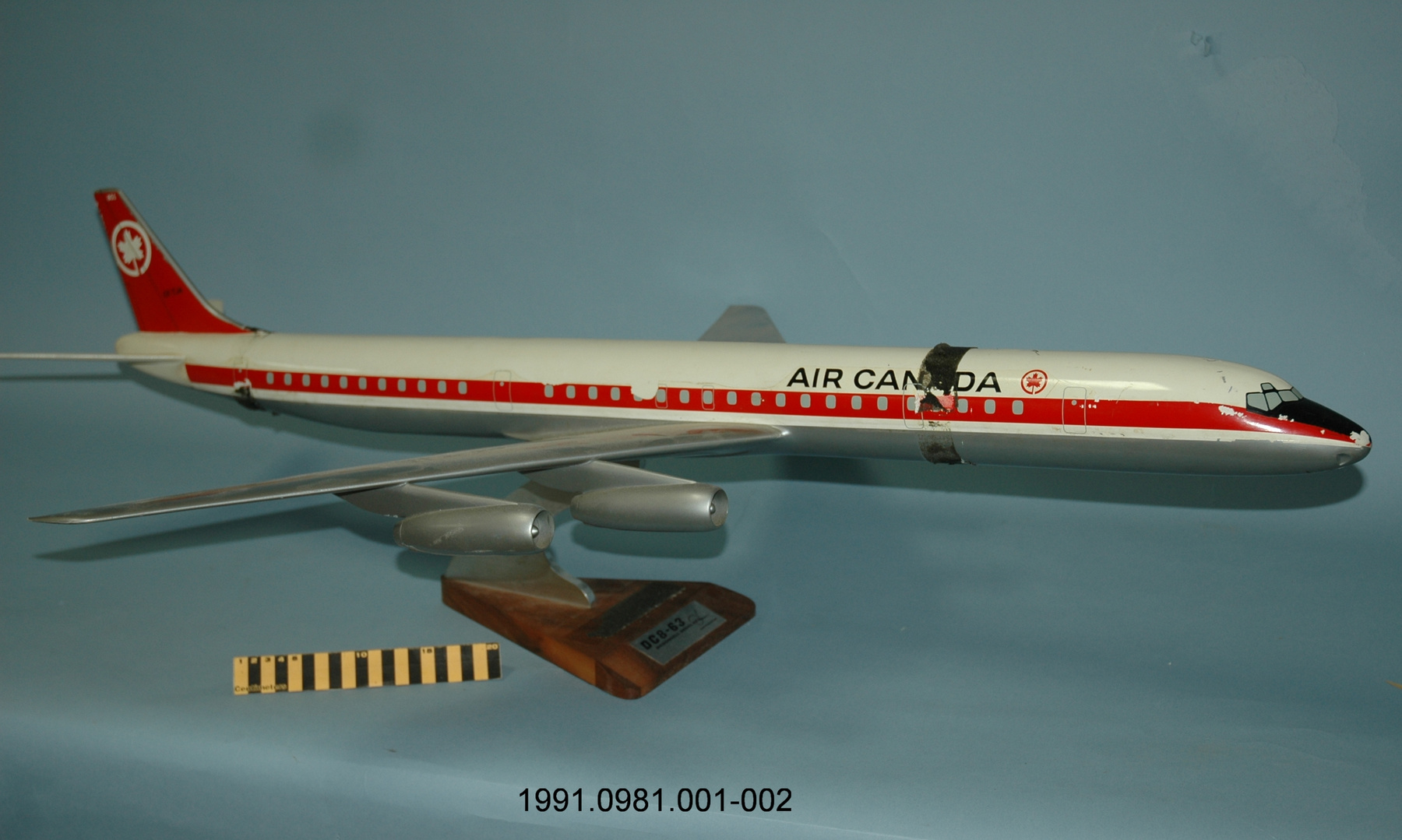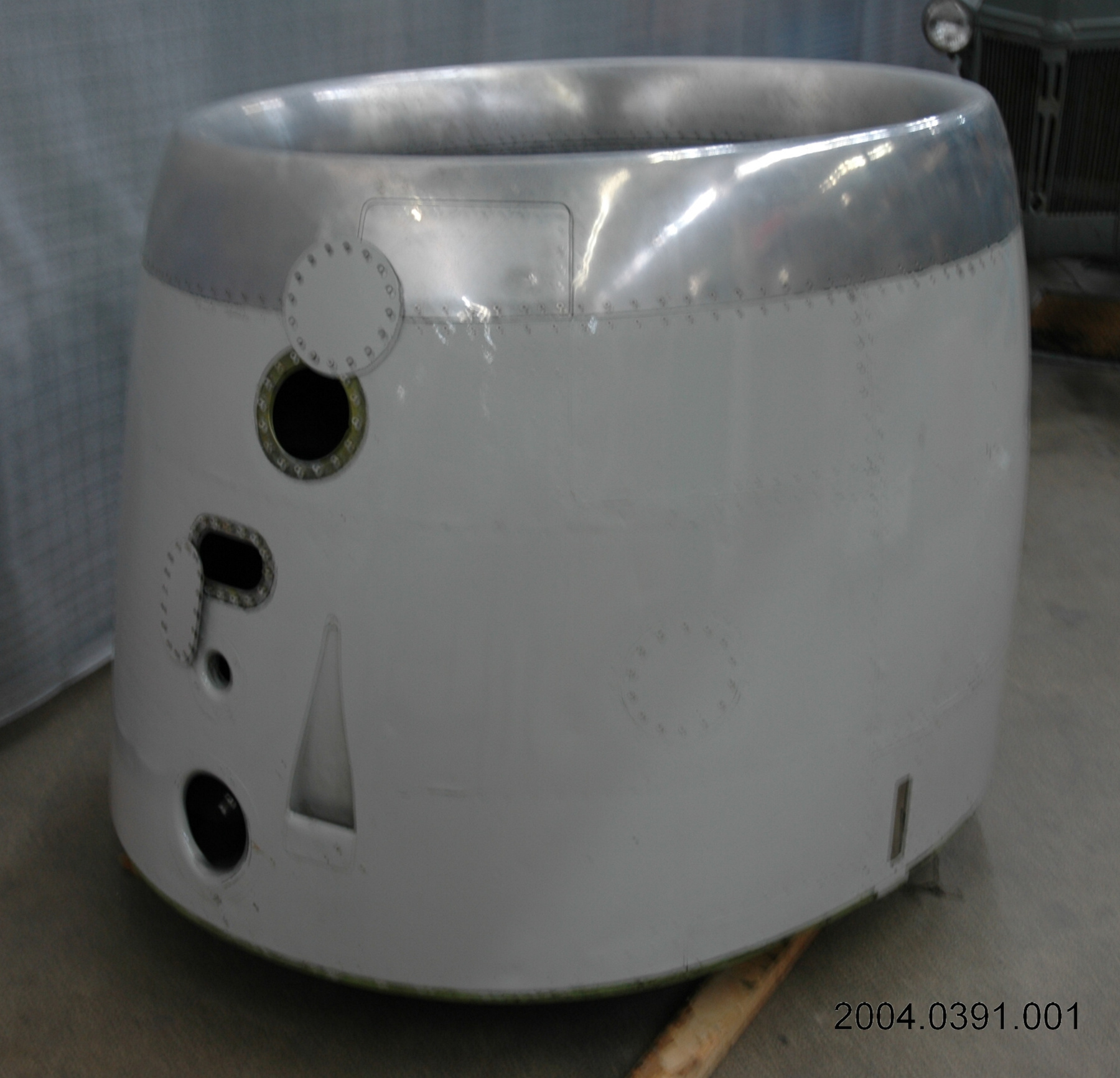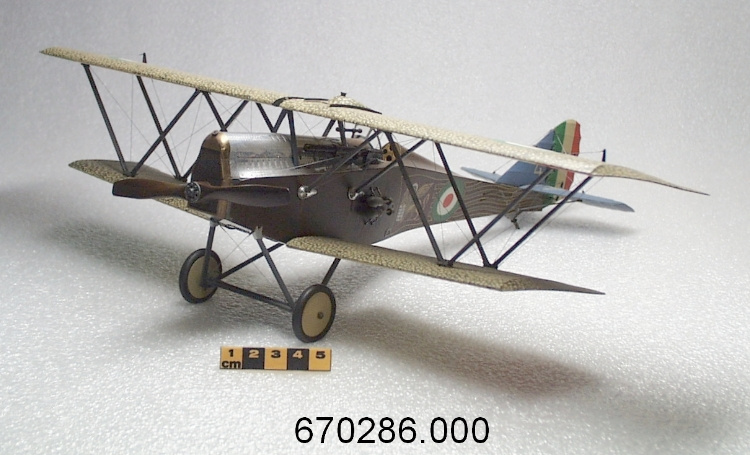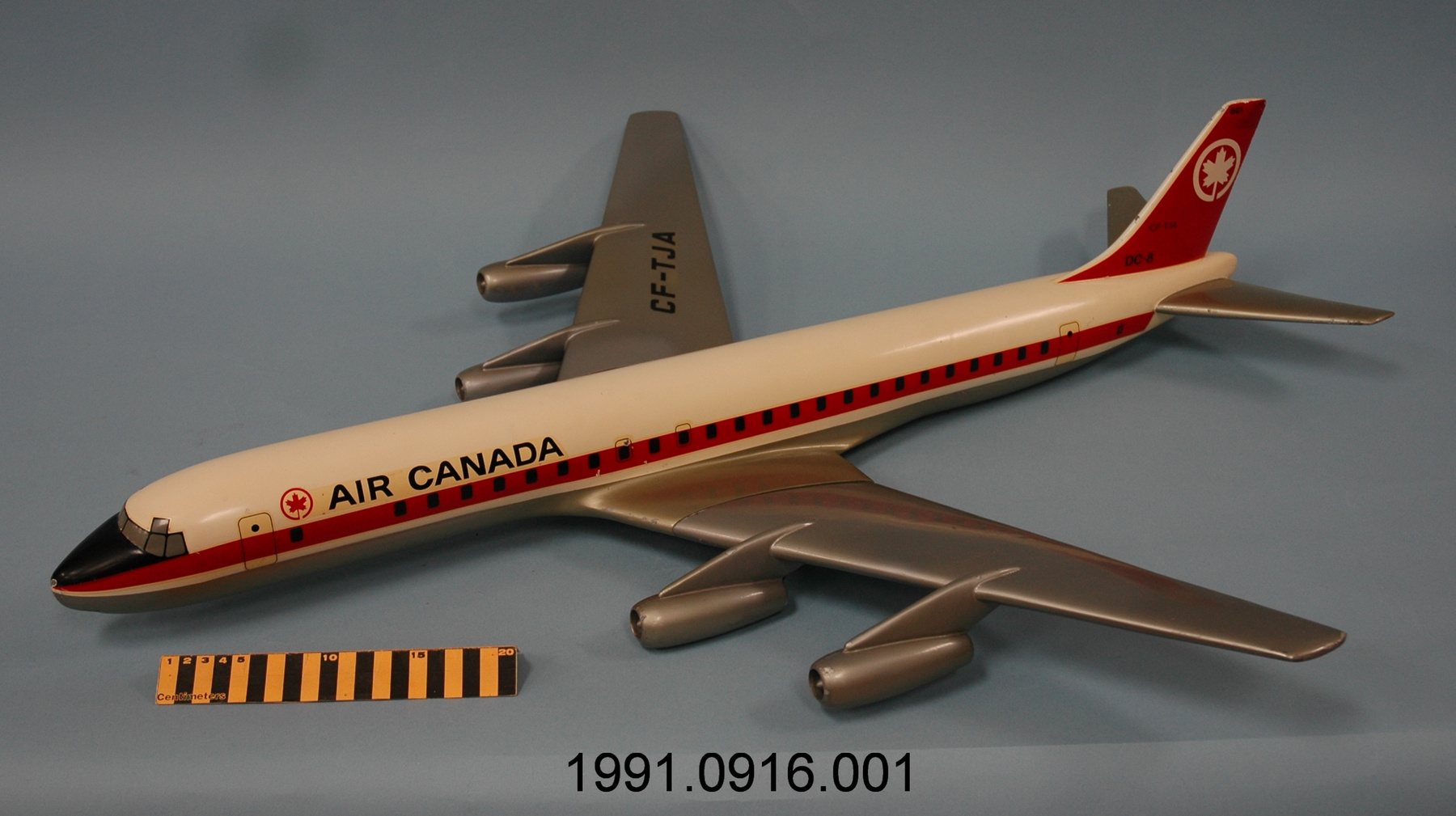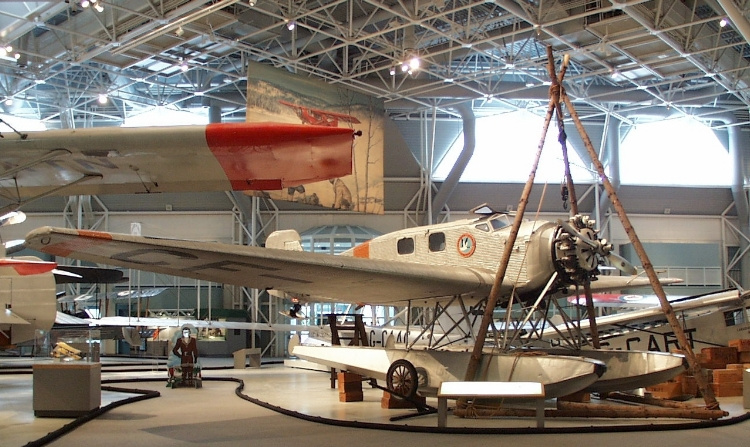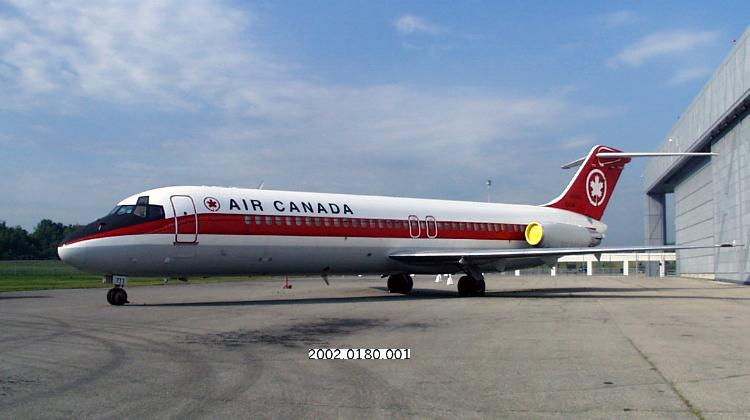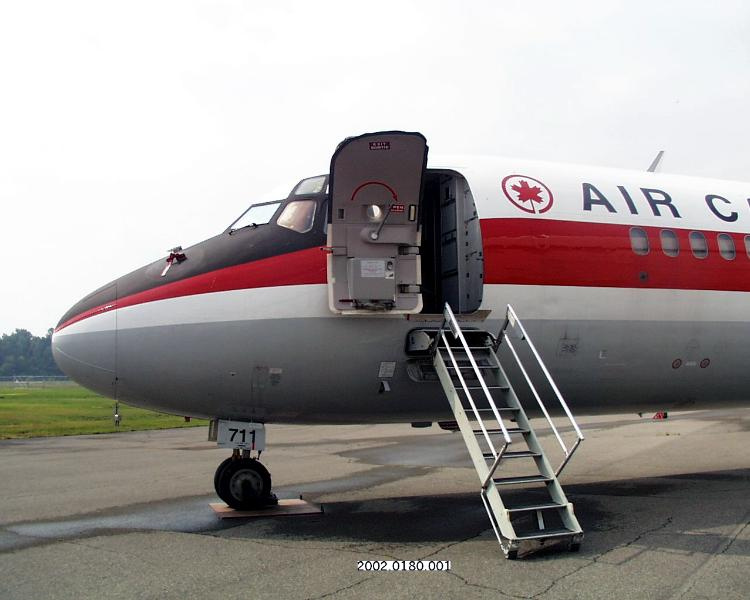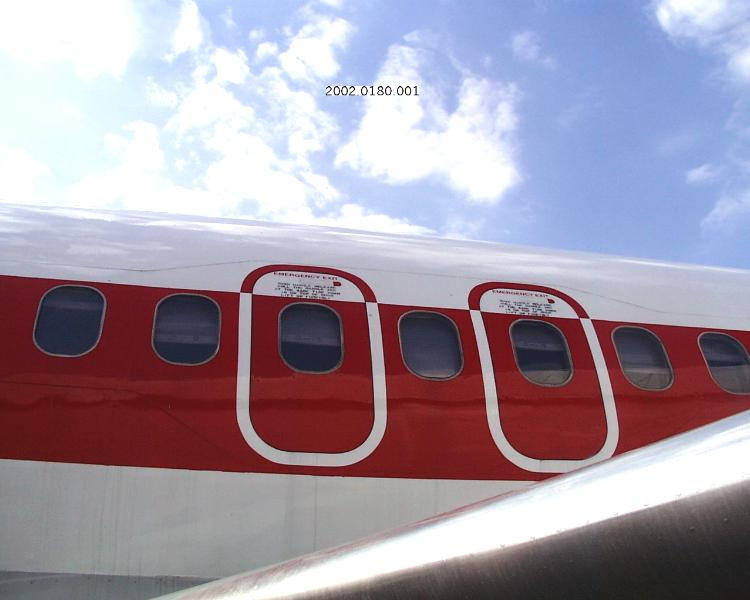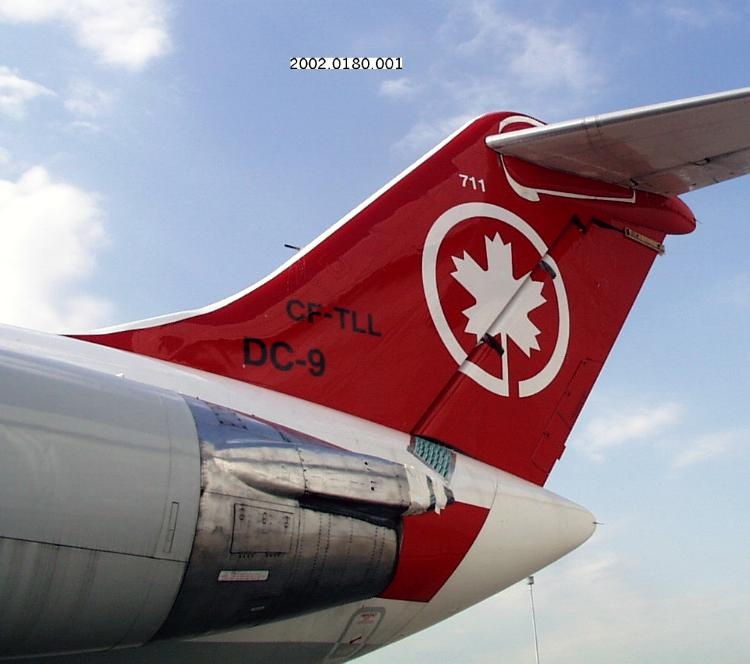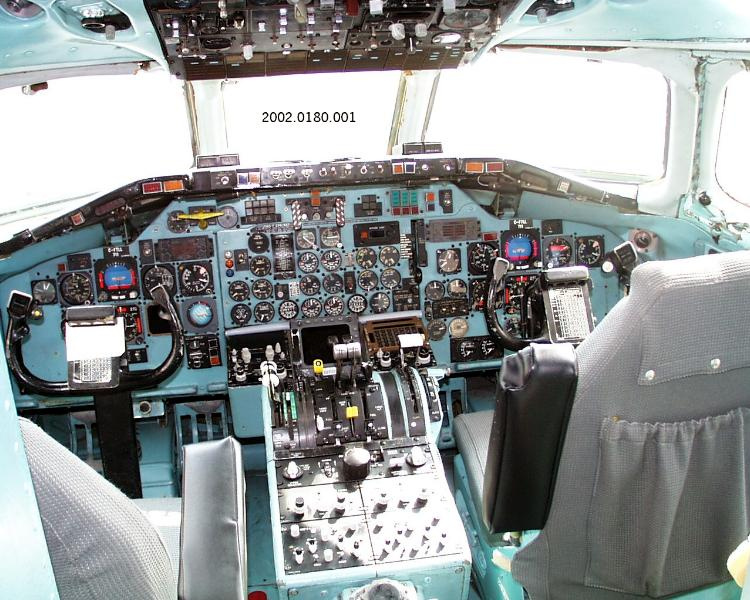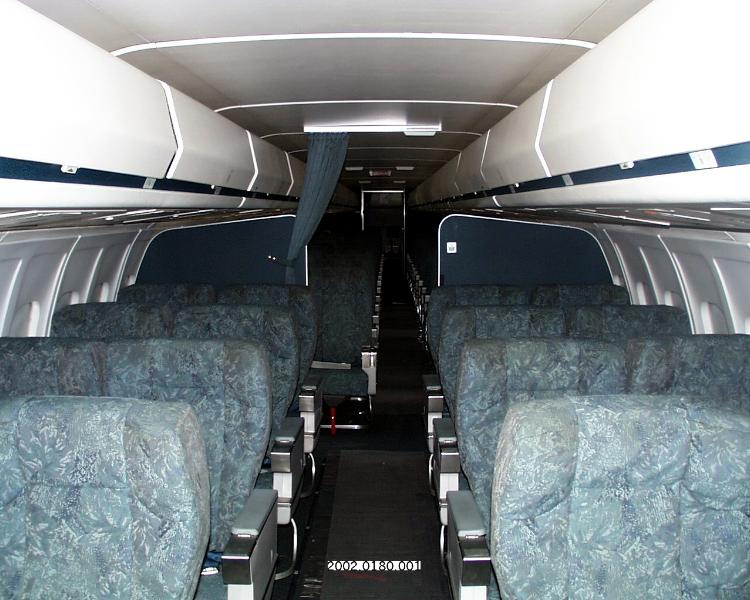Airplane
Use this image
Can I reuse this image without permission? Yes
Object images on the Ingenium Collection’s portal have the following Creative Commons license:
Copyright Ingenium / CC BY-NC-ND (Attribution-NonCommercial 4.0 International (CC BY-NC 4.0)
ATTRIBUTE THIS IMAGE
Ingenium,
2002.0180.001
Permalink:
Ingenium is releasing this image under the Creative Commons licensing framework, and encourages downloading and reuse for non-commercial purposes. Please acknowledge Ingenium and cite the artifact number.
DOWNLOAD IMAGEPURCHASE THIS IMAGE
This image is free for non-commercial use.
For commercial use, please consult our Reproduction Fees and contact us to purchase the image.
- OBJECT TYPE
- civil/commercial passenger/jet
- DATE
- 1968
- ARTIFACT NUMBER
- 2002.0180.001
- MANUFACTURER
- McDonnell Douglas
- MODEL
- McDonnell Douglas DC-9-32
- LOCATION
- United States of America
More Information
General Information
- Serial #
- 47021
- Part Number
- 1
- Total Parts
- 76
- AKA
- N/A
- Patents
- N/A
- General Description
- aluminum, plexiglass windows, rubber tires, steel & plastic components
Dimensions
Note: These reflect the general size for storage and are not necessarily representative of the object's true dimensions.
- Length
- 36.4 m
- Width
- 28.5 m
- Height
- 8.4 m
- Thickness
- N/A
- Weight
- N/A
- Diameter
- N/A
- Volume
- N/A
Lexicon
- Group
- Aviation
- Category
- Aircraft
- Sub-Category
- N/A
Manufacturer
- AKA
- McDonnell Douglas
- Country
- United States of America
- State/Province
- Unknown
- City
- Unknown
Context
- Country
- Worldwide
- State/Province
- Unknown
- Period
- FIRST DC9 ACQUIRED BY AIR CANADA 1966; REMOVED FROM SERVICE BY 2002
- Canada
-
The DC-9 was the first twin-jet airliner to be operated in Canada and was no doubt the aircraft on which countless Canadians made their first jet flight. In 1966, Air Canada became the first airline outside of the United States to operate the type. Many of the aircraft’s larger components such as wings, rear fuselage and tail unit assemblies were manufactured in Canada. The Museum’s aircraft was the fourth of this series acquired by Air Canada in 1968. It accumulated the highest airframe time in the fleet with a total time of 81,558 hours and 72,464 landings. Air Canada constantly updated their fleet with the latest technological enhancements and customer service amenities. The fleet accumulated a total of more than three million hours of service and completed more than three million landings and takeoffs. Air Canada’s last DC-9 flight took place on January 18, 2002, from New York to Montreal. - Function
-
USED MOSTLY FOR SHORT-HAUL PASSENGER SERVICE. - Technical
-
During the 1950s, Air Canada’s predecessor company, Trans-Canada Air Lines, had pioneered turbine powered passenger travel in North America with Vickers Viscount propeller-driven airliners. These turbo-props were then replaced in turn by fan-jet DC-9s. At the height of their deployment, Air Canada had a fleet of fifty DC-9s serving most of its destinations in North America. For over thirty years these easily recognized jet transports, with their aft mounted turbofan engines, gave outstanding service as the mainstay of the airline’s short-haul routes. - Area Notes
-
Unknown
Details
- Markings
- SIGNIFICANT MARKINGS:.1 LETTERING ON BOTH SIDES OF FUSELAGE READS: "AIR CANADA"; LETTERING ON BOTH SIDES OF RUDDER READS: "711/CF-TLL/DC-9"; LETTERING ON UNDERSIDE OF PORT WING READS: "CF-TLL: LETTERING ON FORWARD WHEEL WELL HATCH: "711".
- Missing
- Unknown
- Finish
- EXTERIOR PAINTED PREDOMINATELY WHITE; BLACK TRIANGULAR FIELD ON NOSE; RED STRIPE ALONG EITHER SIDE OF FUSELAGE; RED RUDDER, BLACK LETTERING; BLACK WHEELS.
- Decoration
- AIR CANADA LOGO BOTH SIDES OF FUSELAGE BEHIND COCKPIT & BOTH SIDES OF RUDDER.
CITE THIS OBJECT
If you choose to share our information about this collection object, please cite:
McDonnell Douglas, Airplane, 1968, Artifact no. 2002.0180, Ingenium – Canada’s Museums of Science and Innovation, http://collection.ingeniumcanada.org/en/id/2002.0180.001/
FEEDBACK
Submit a question or comment about this artifact.
More Like This
